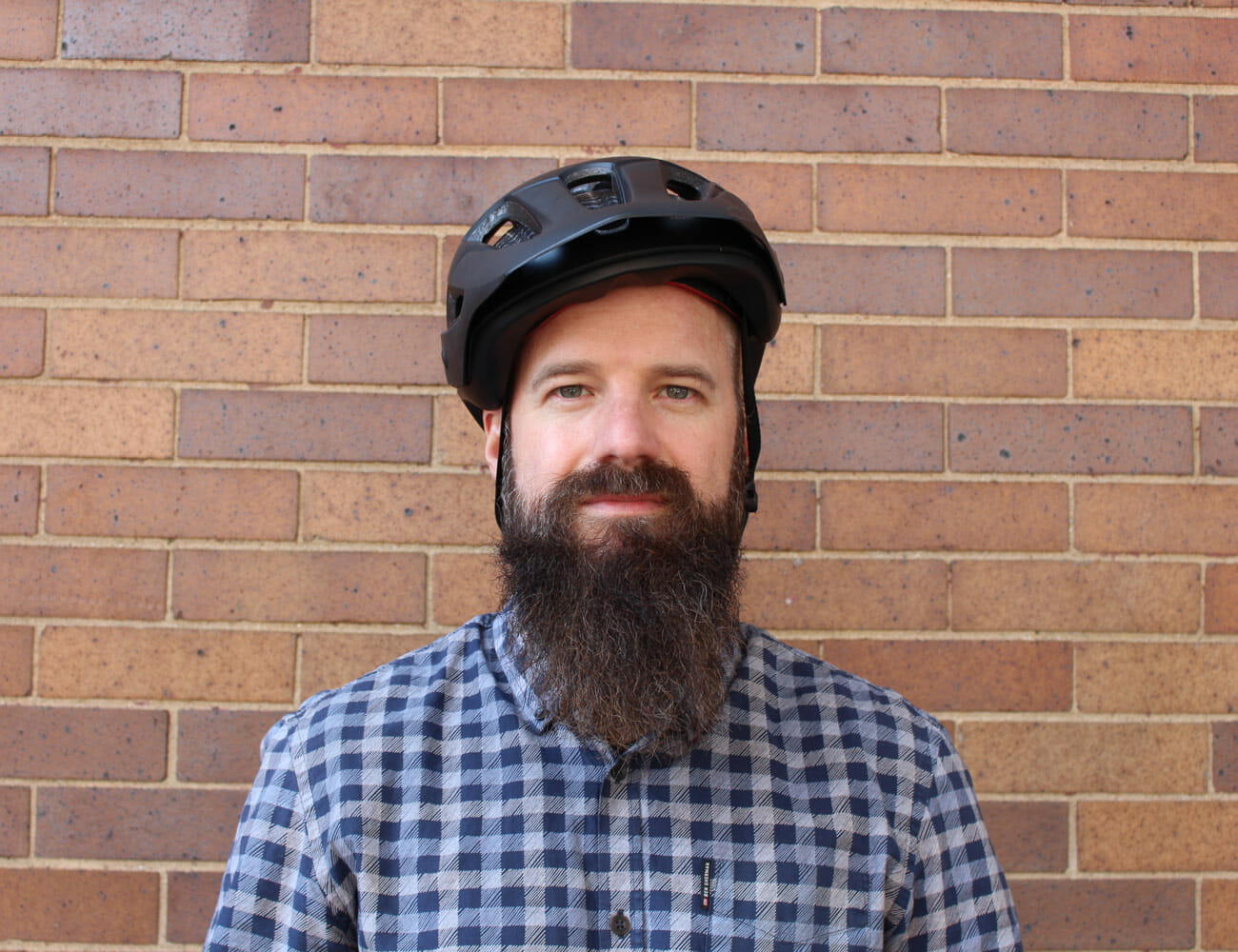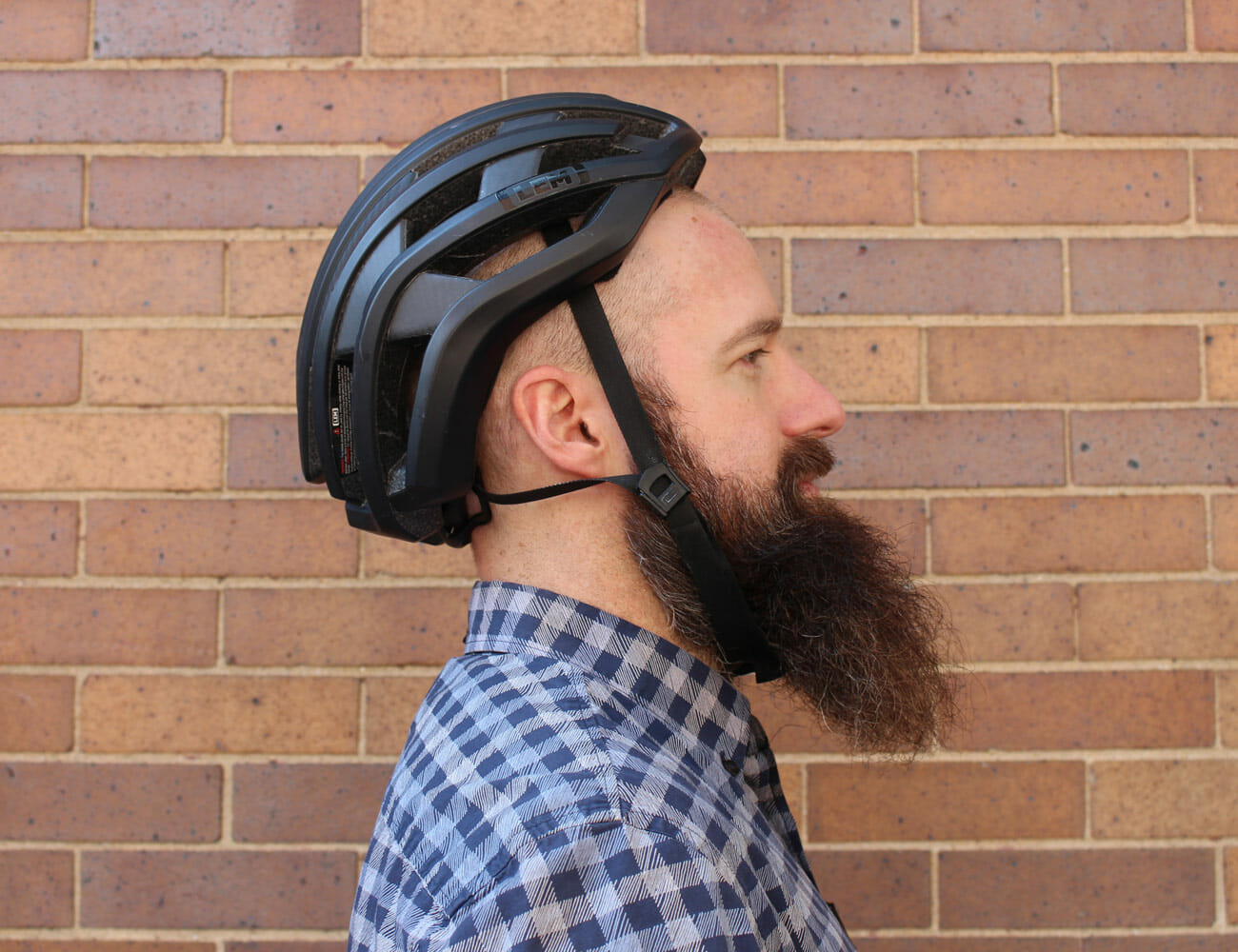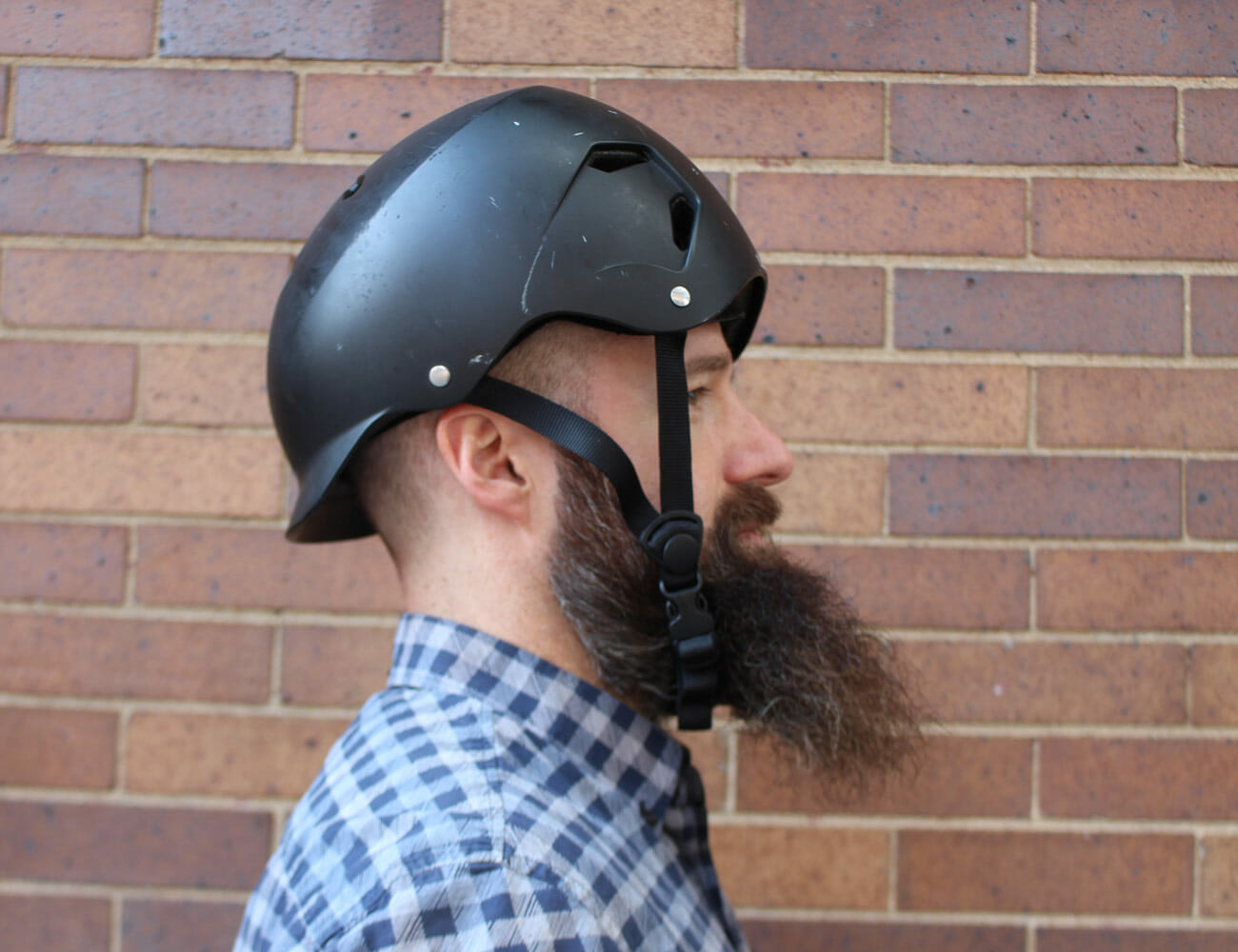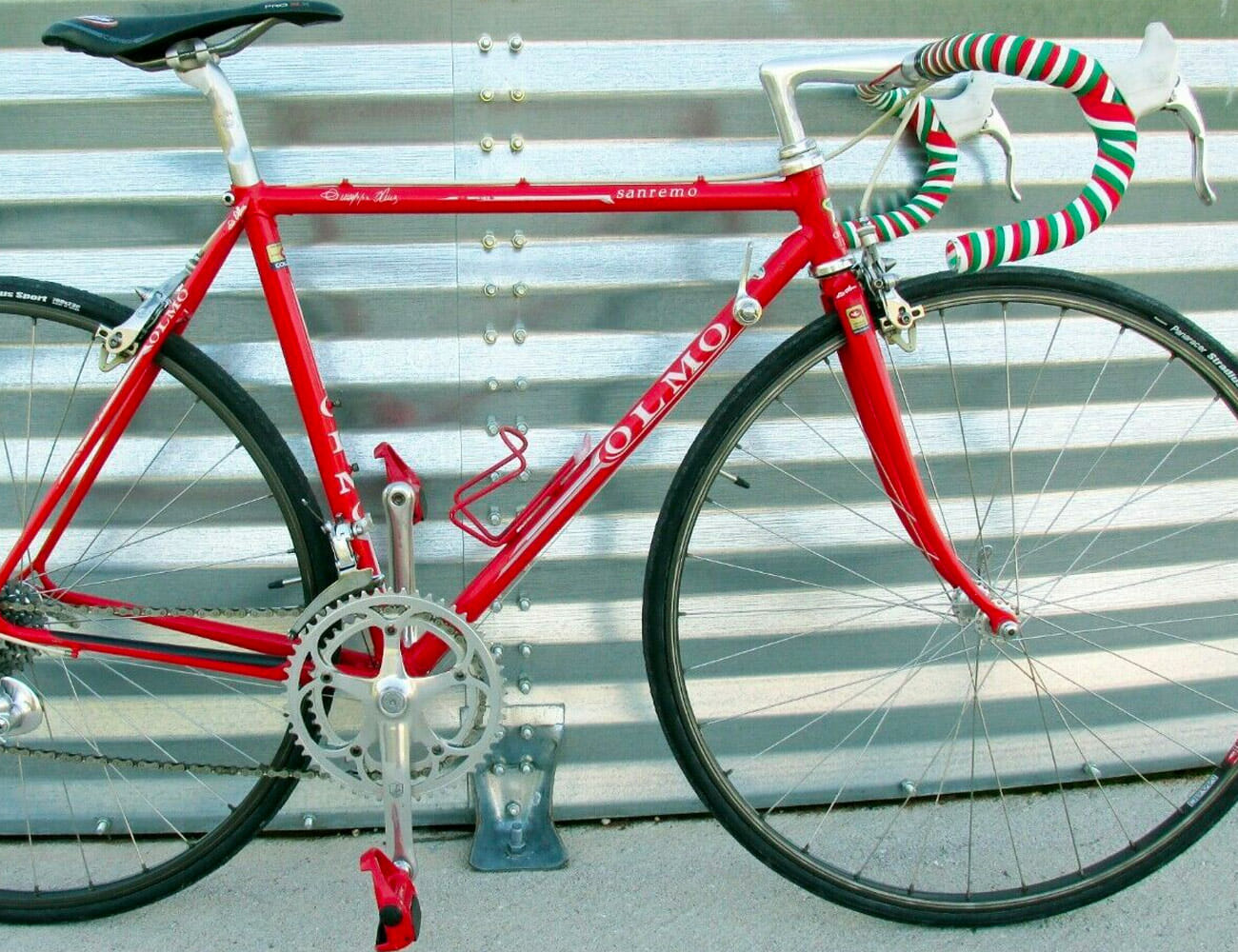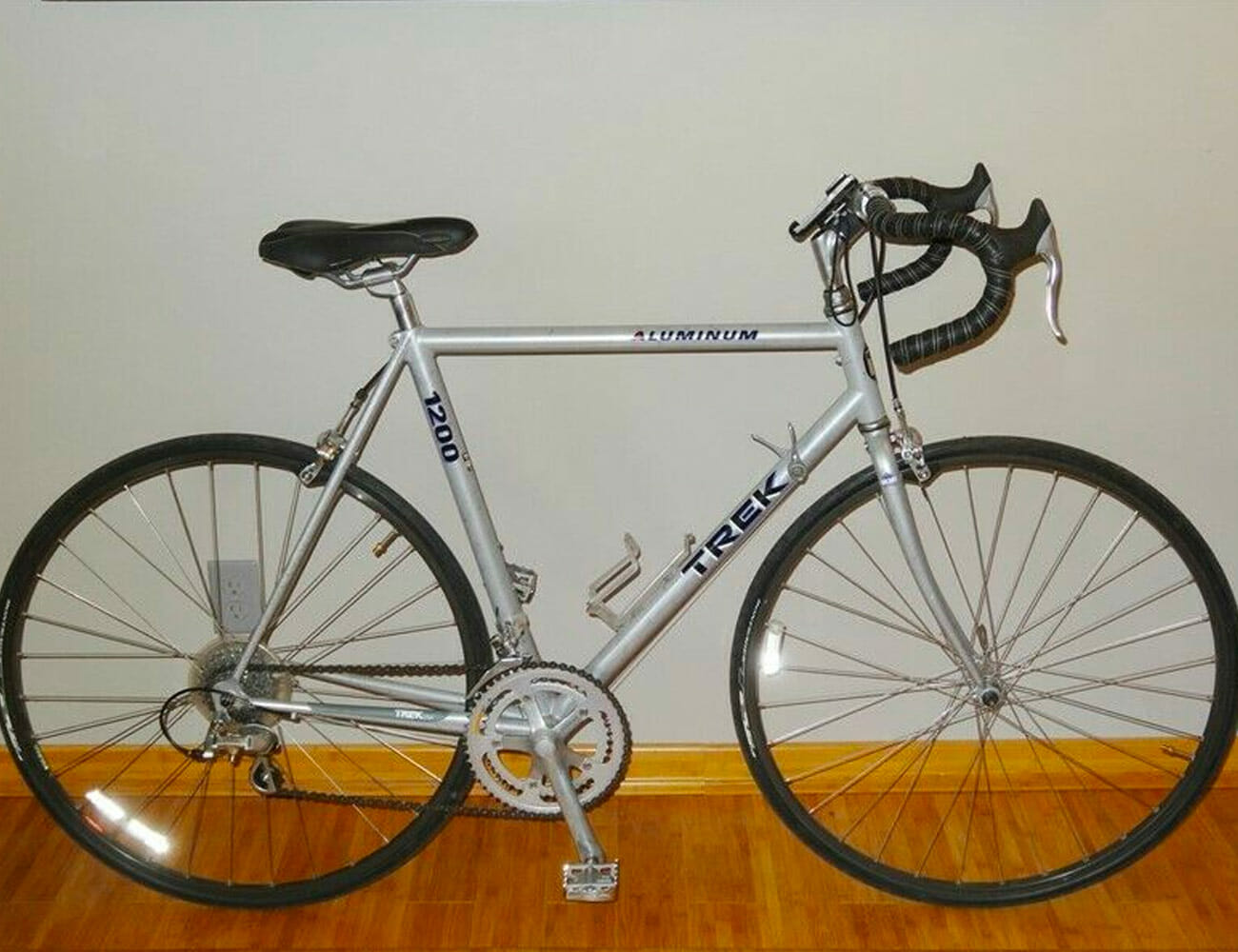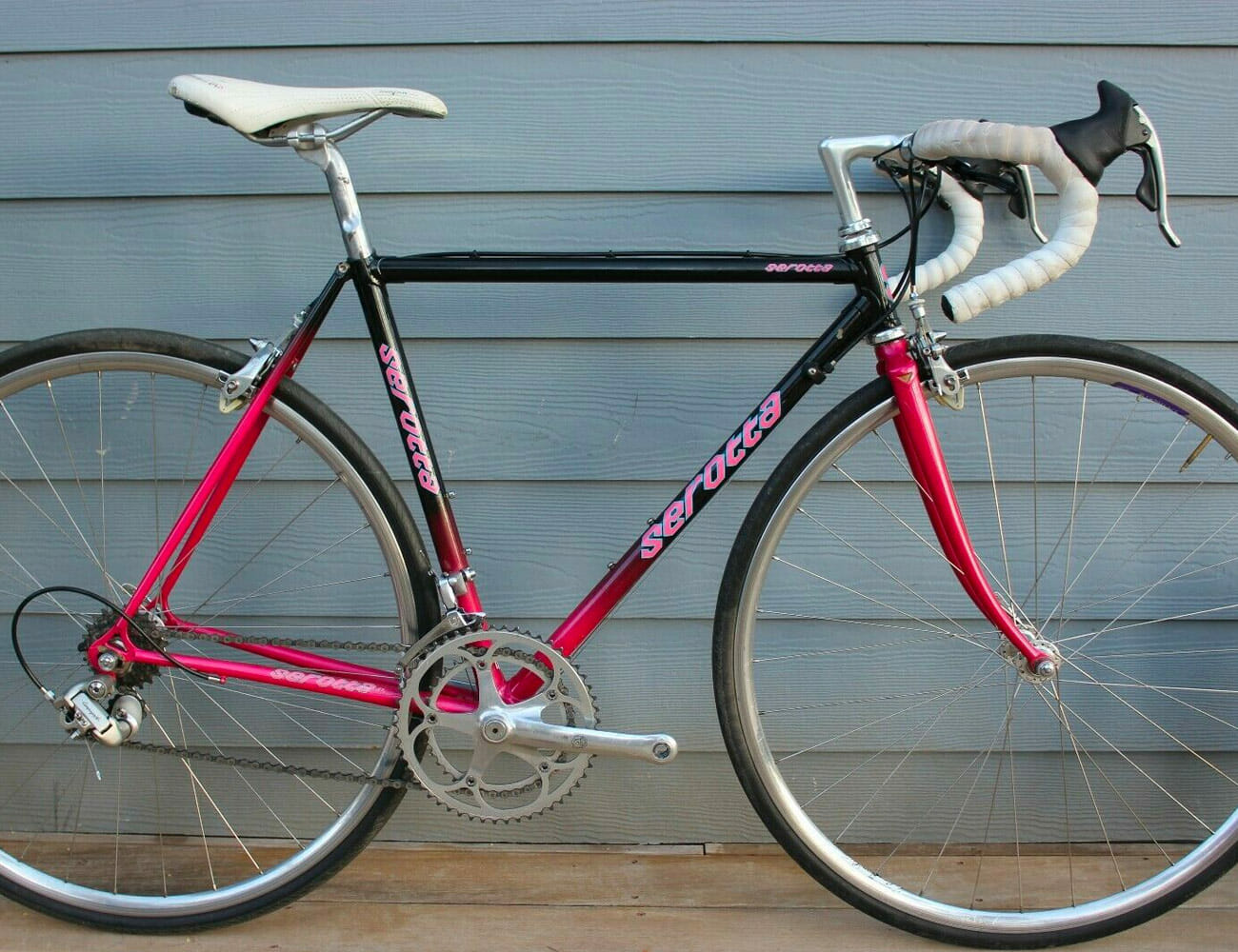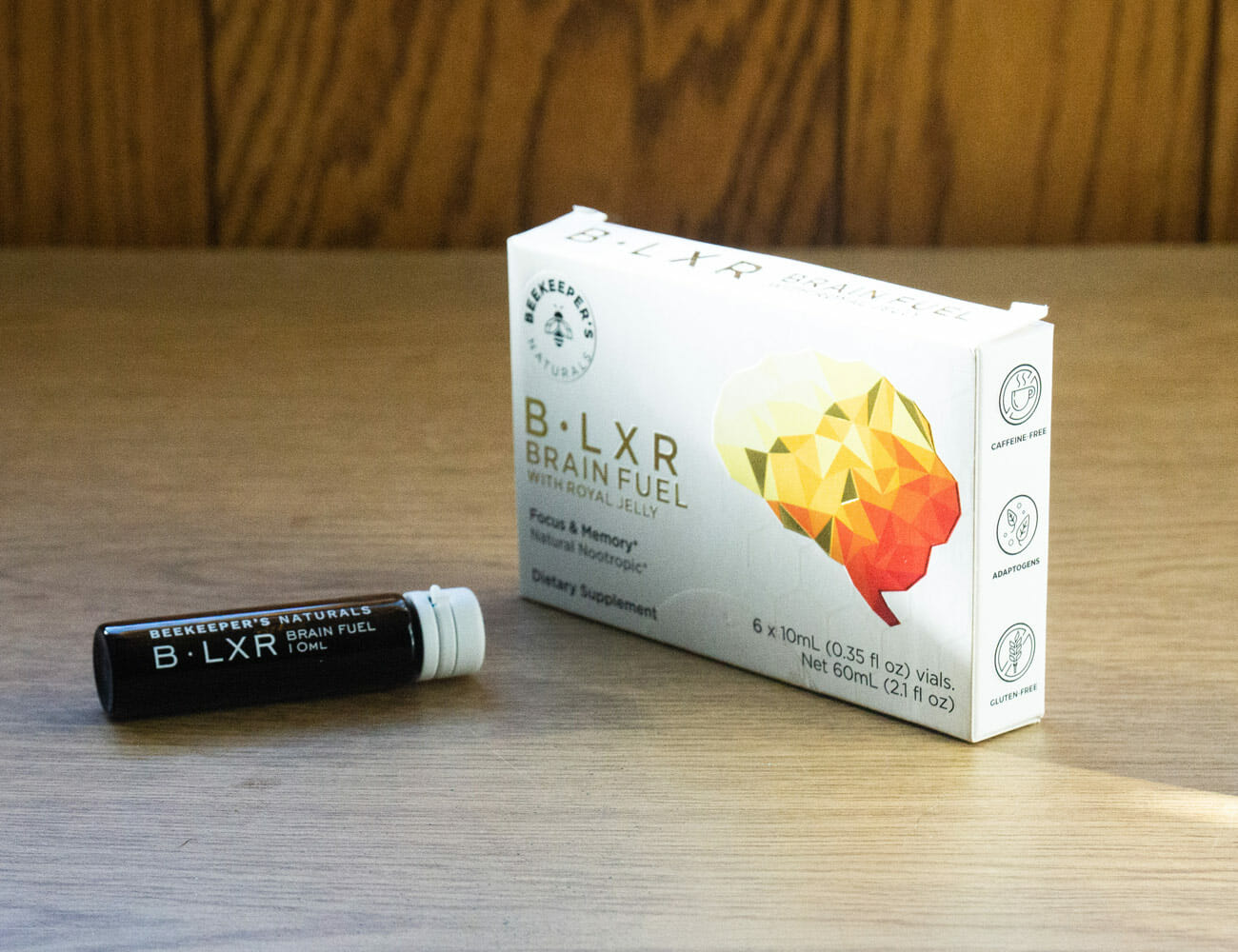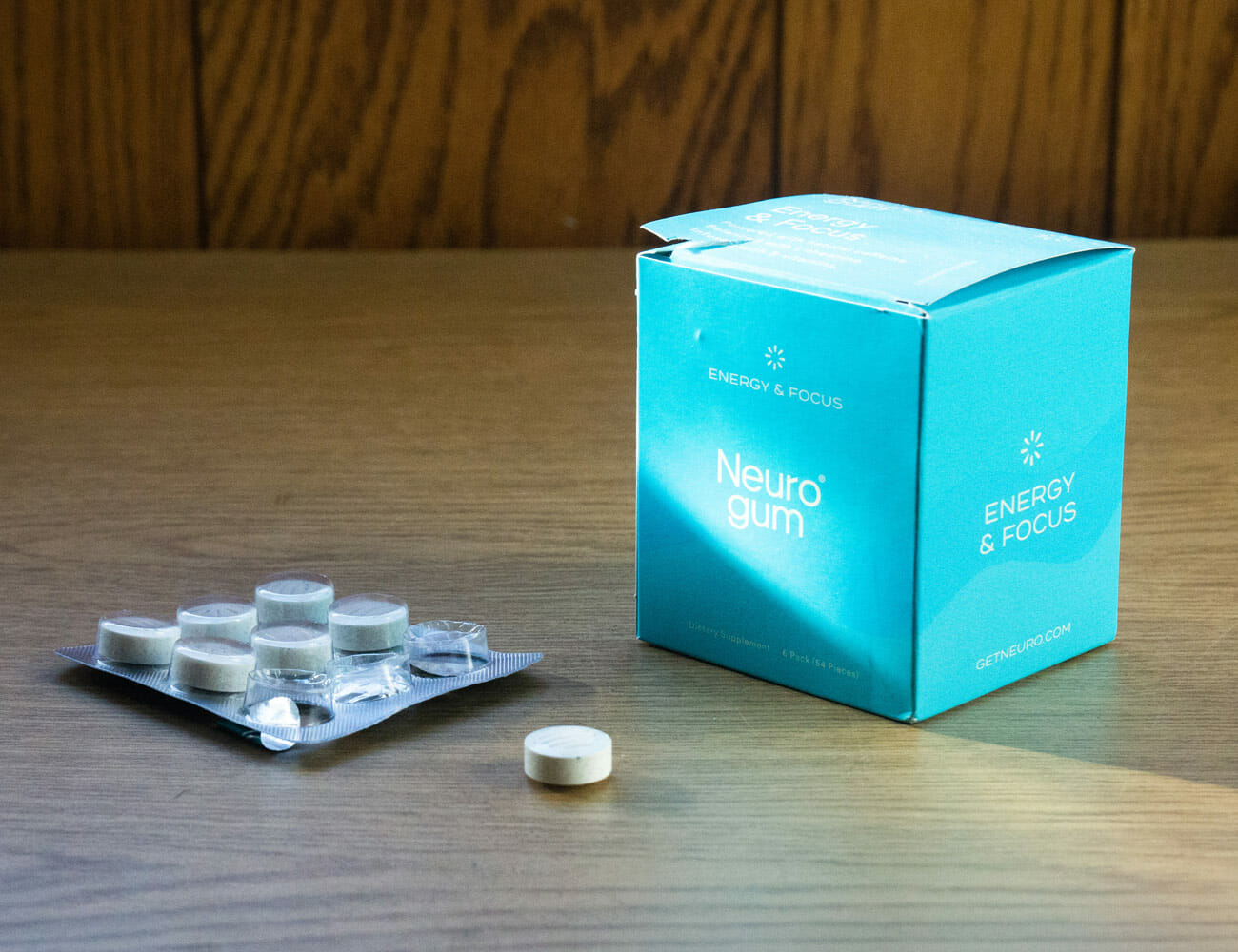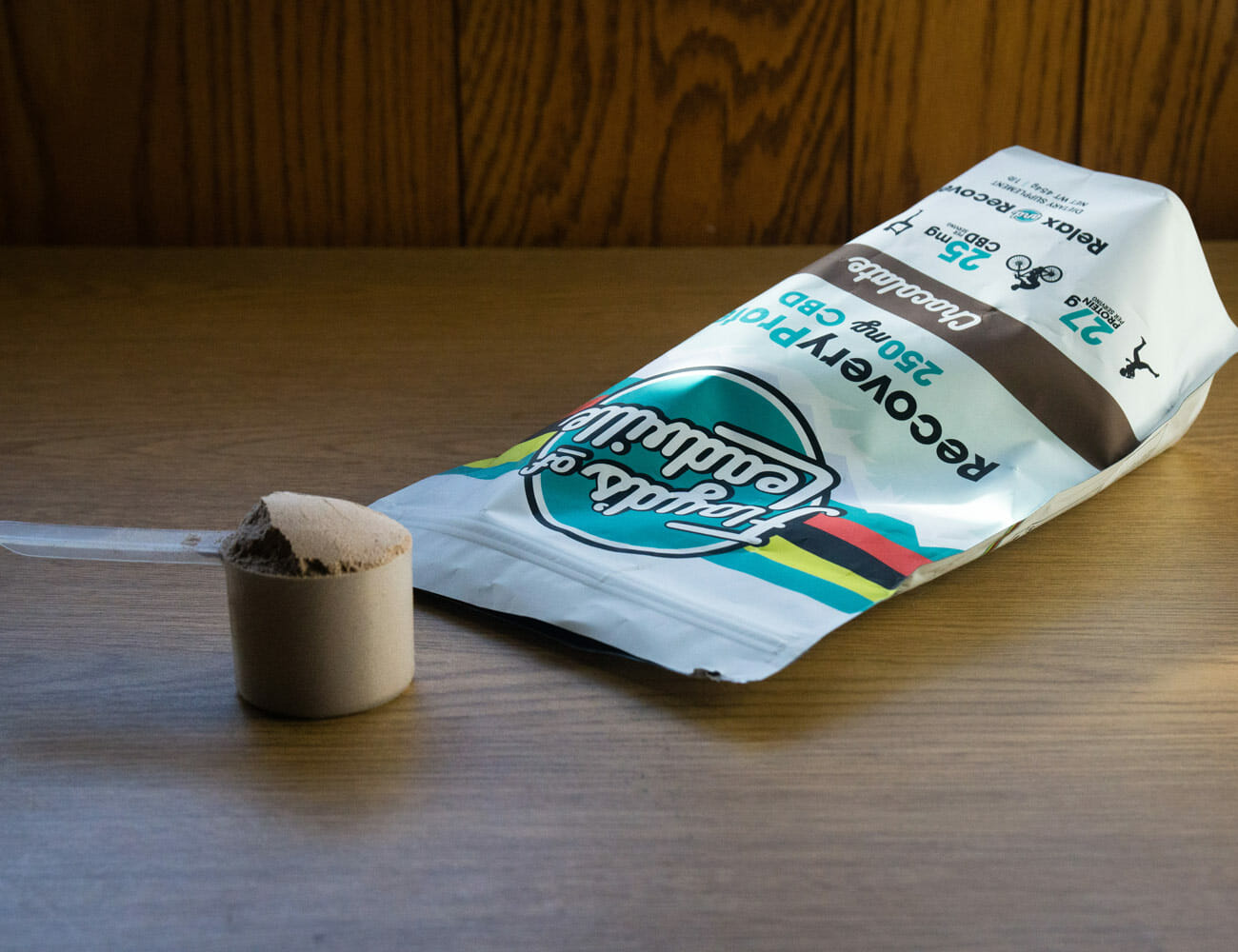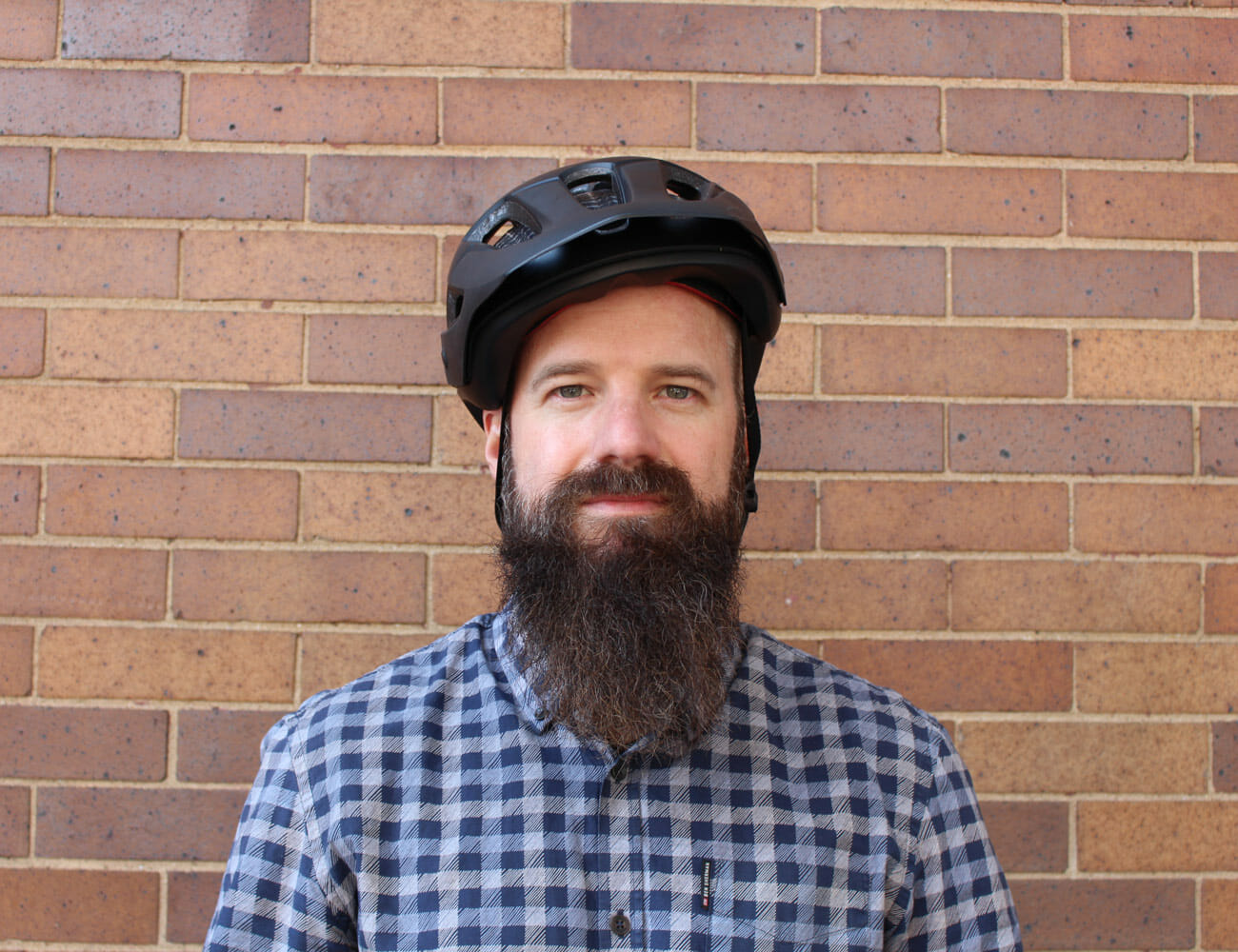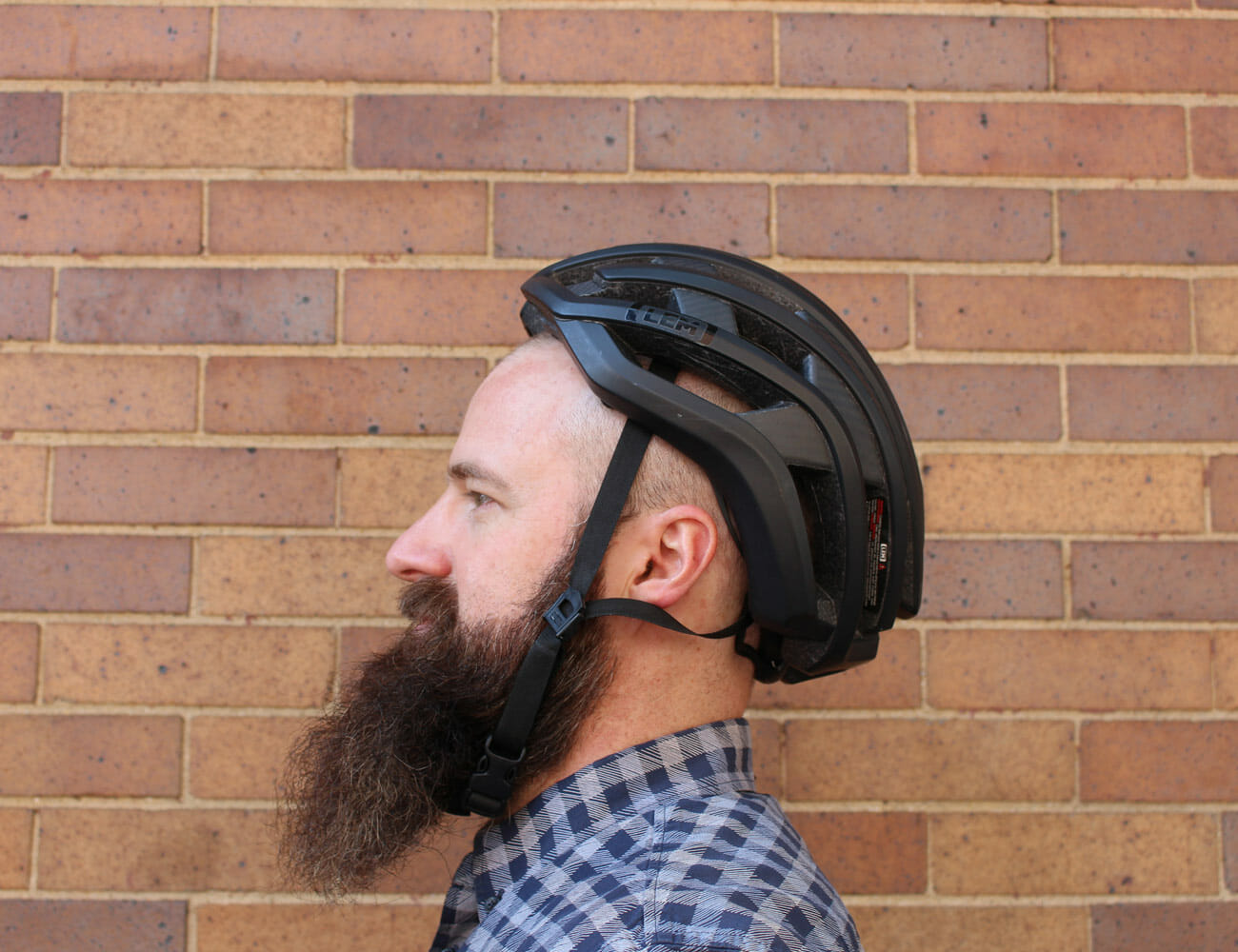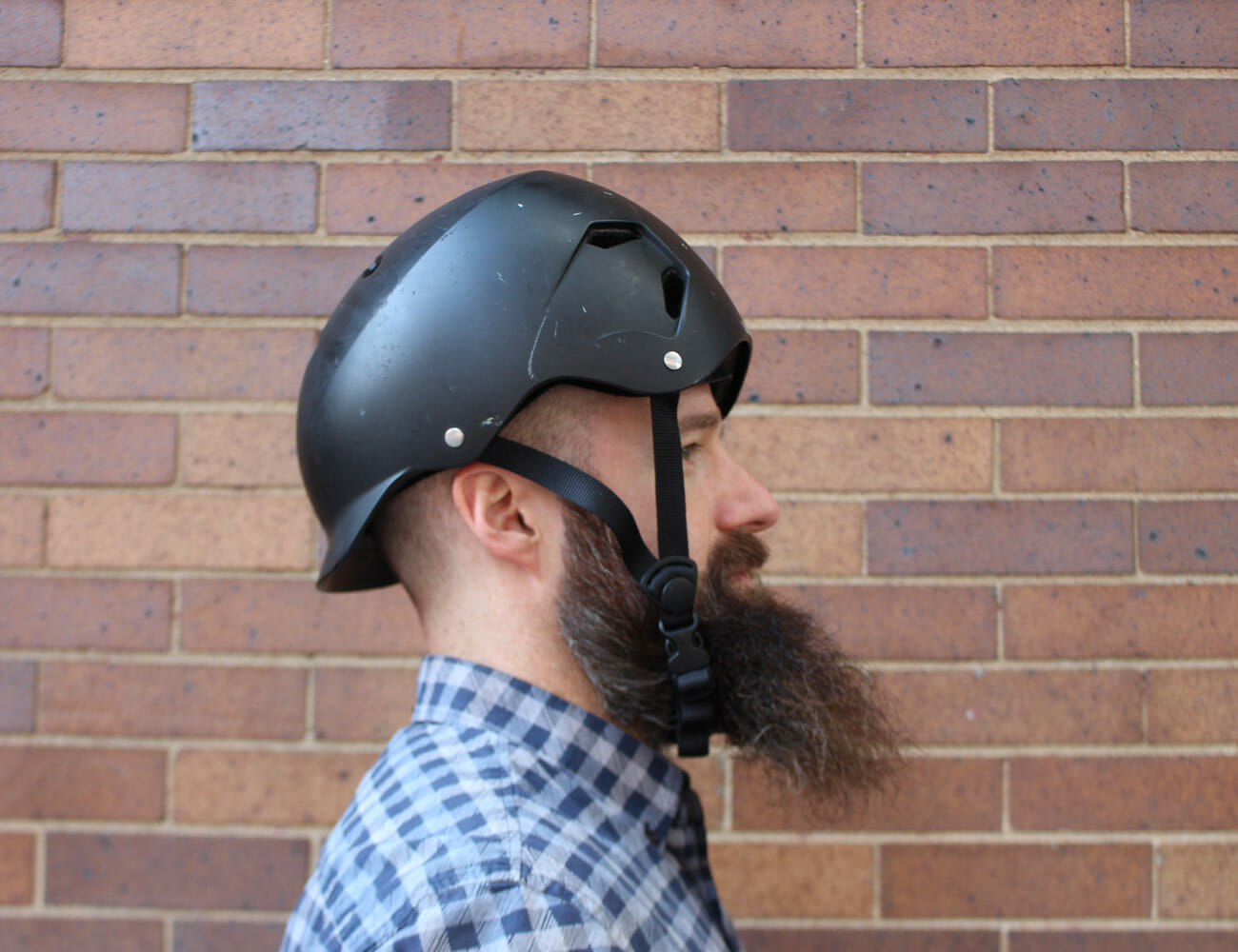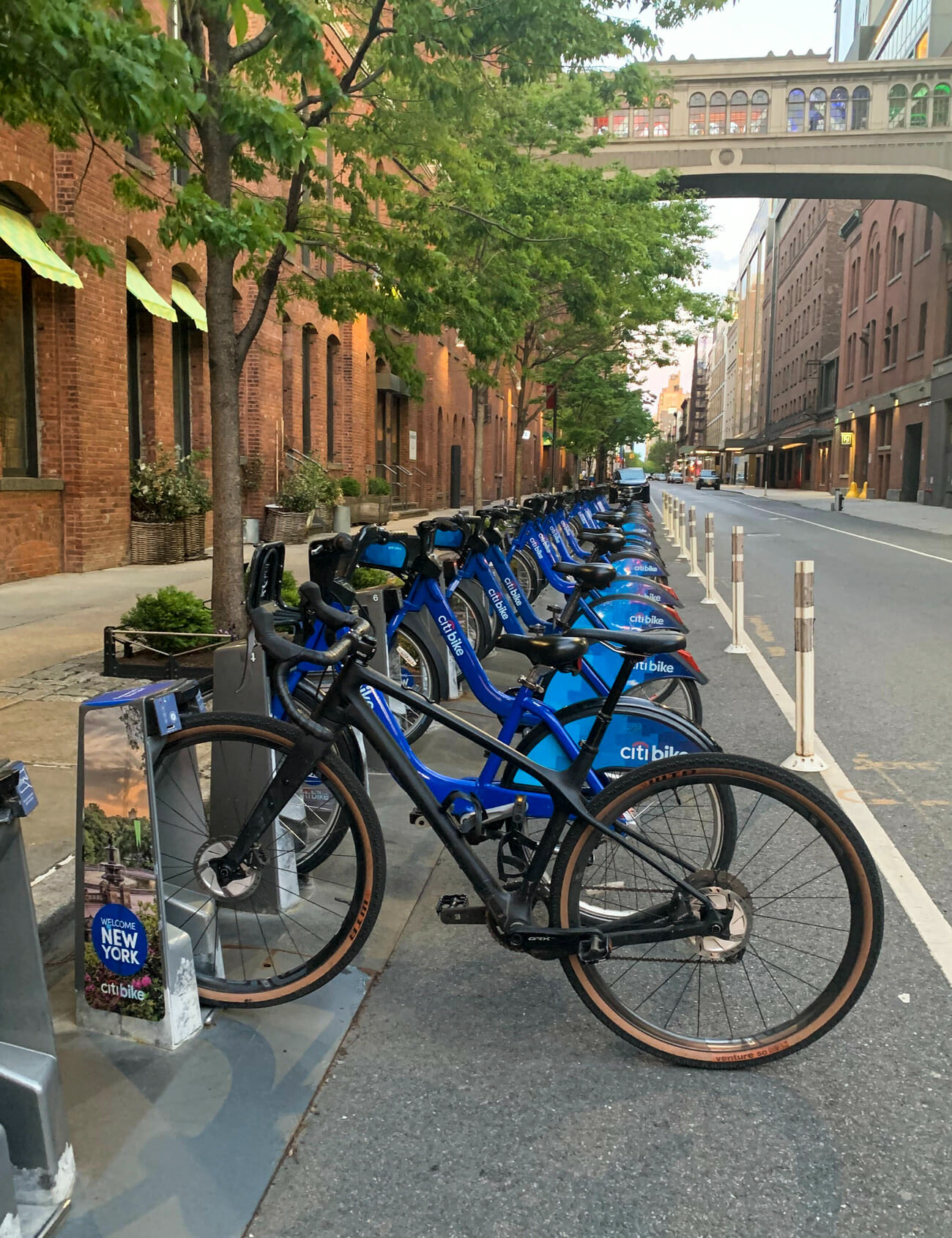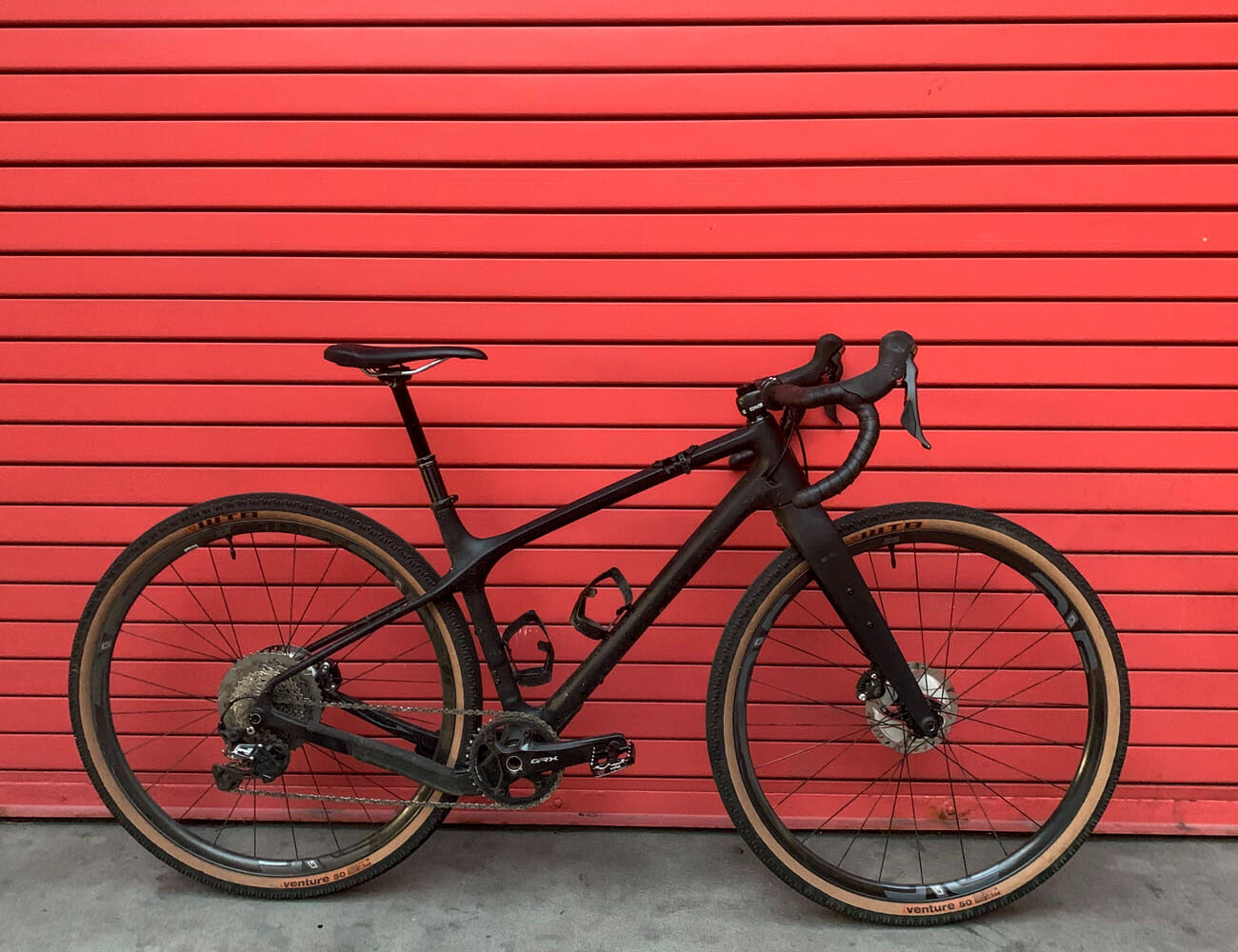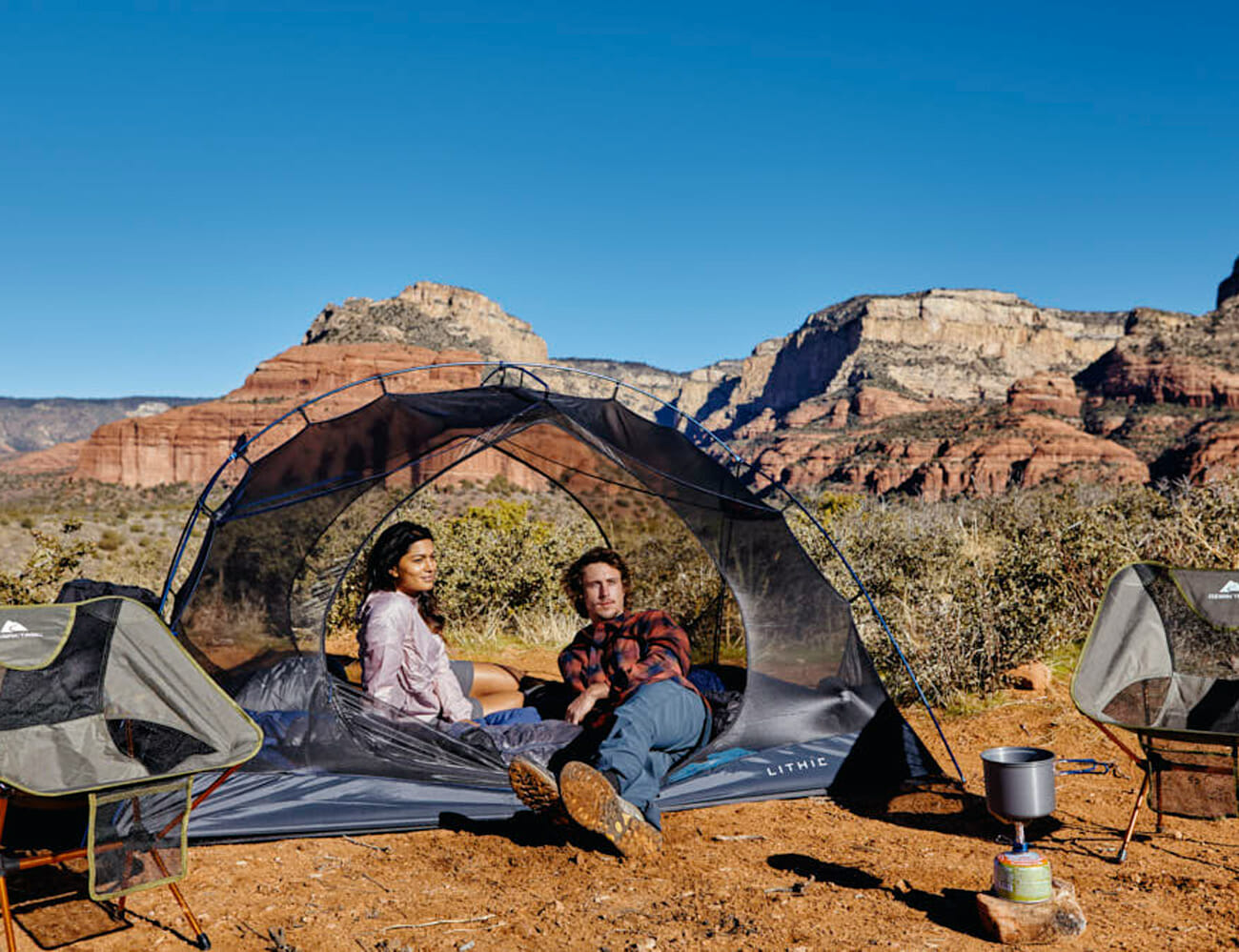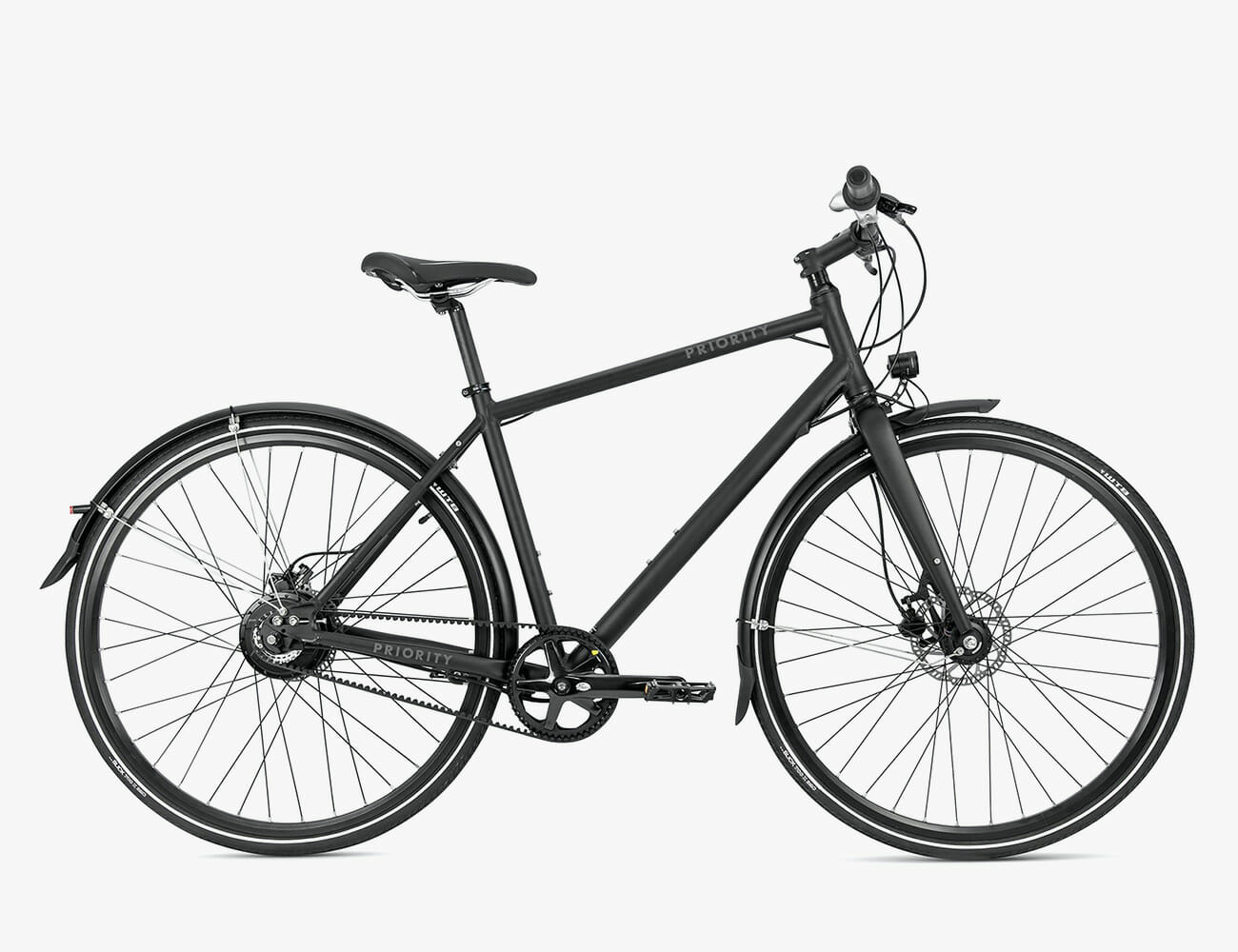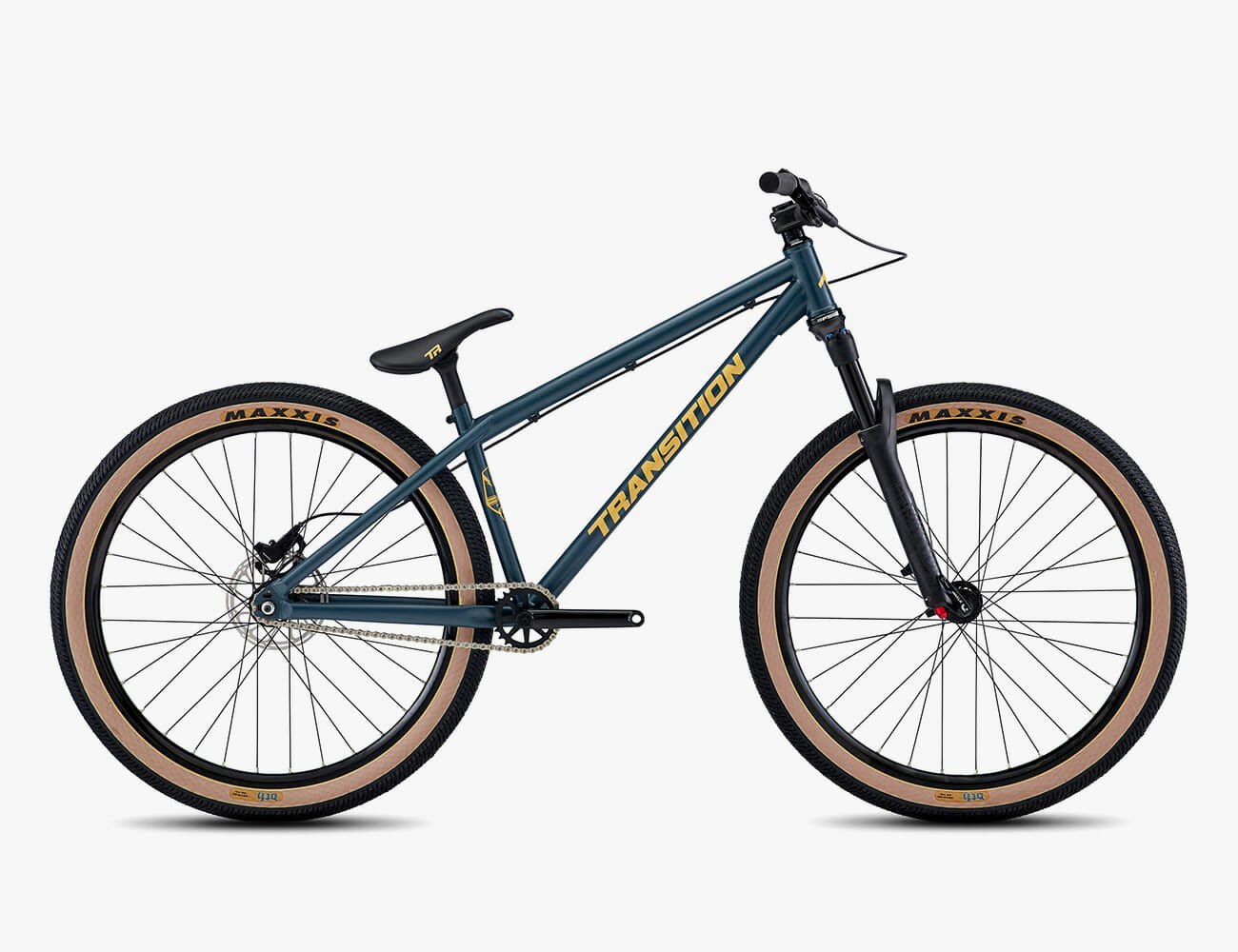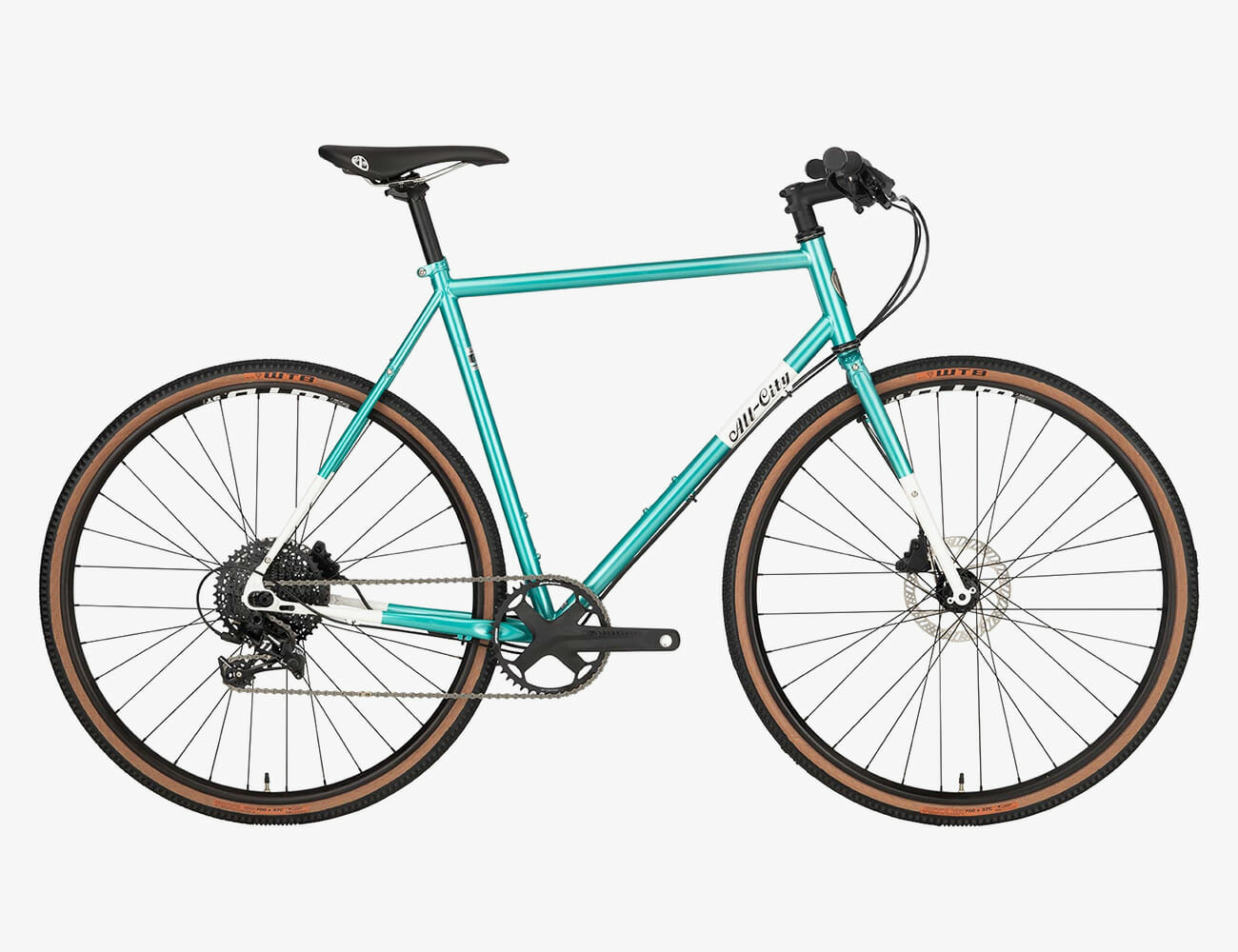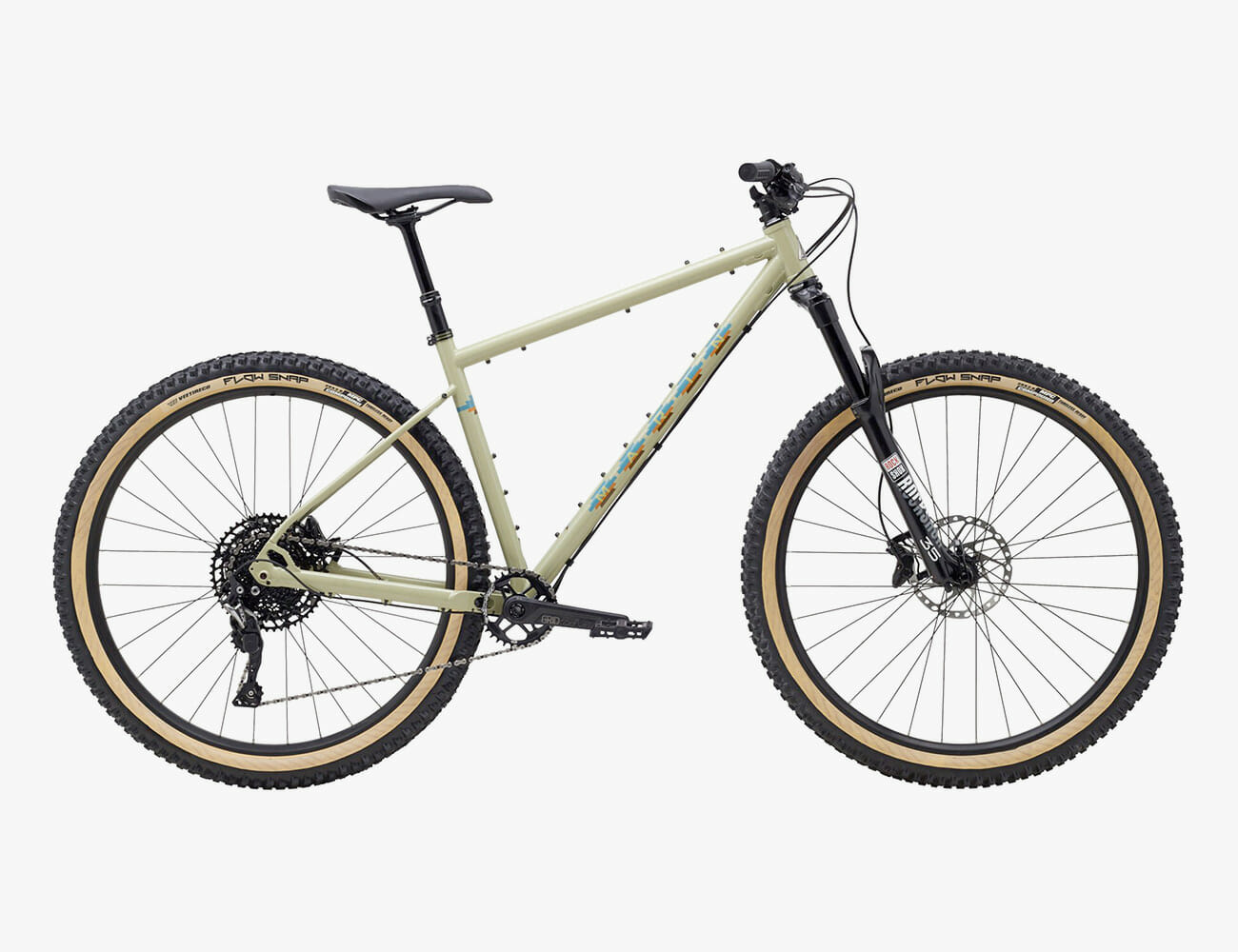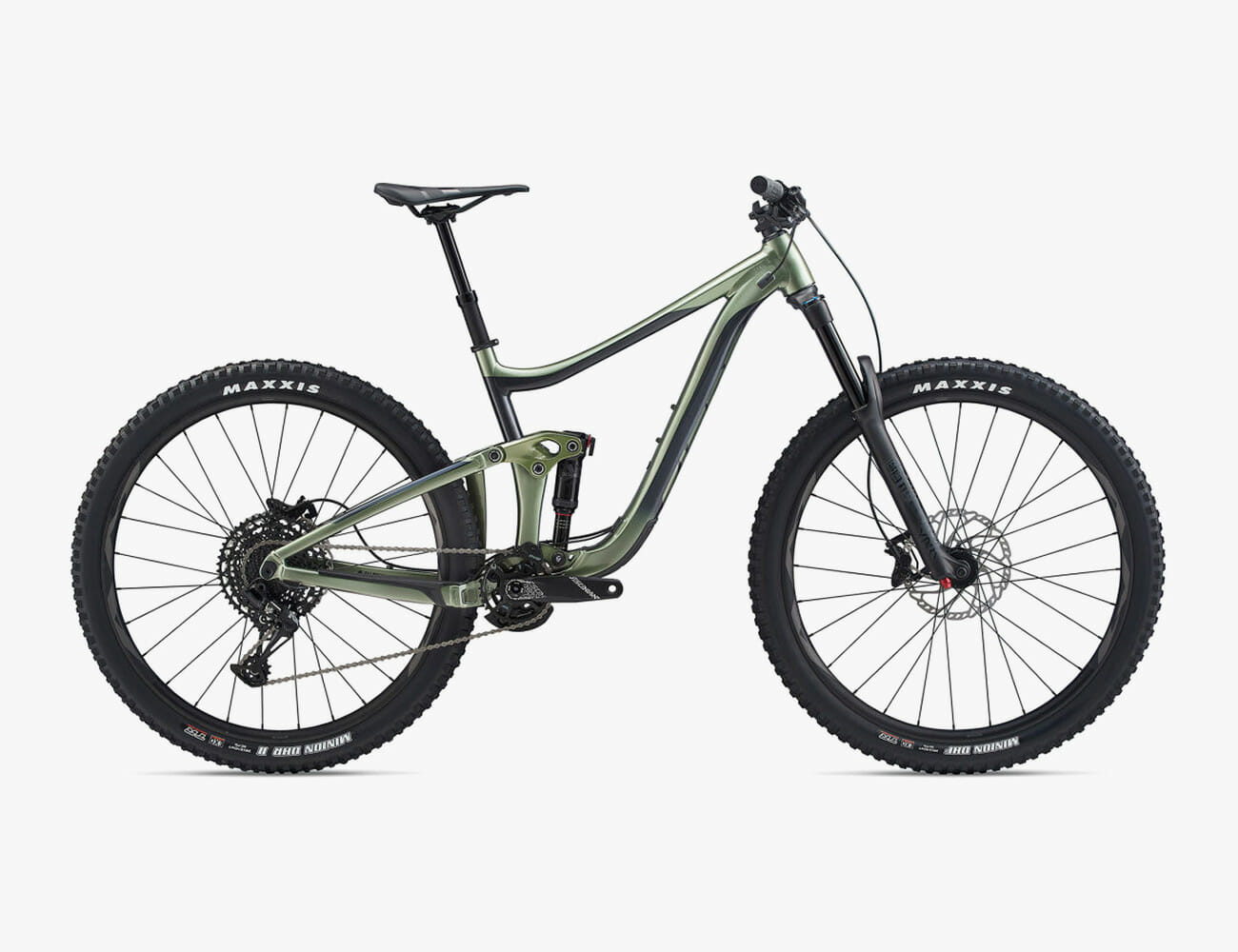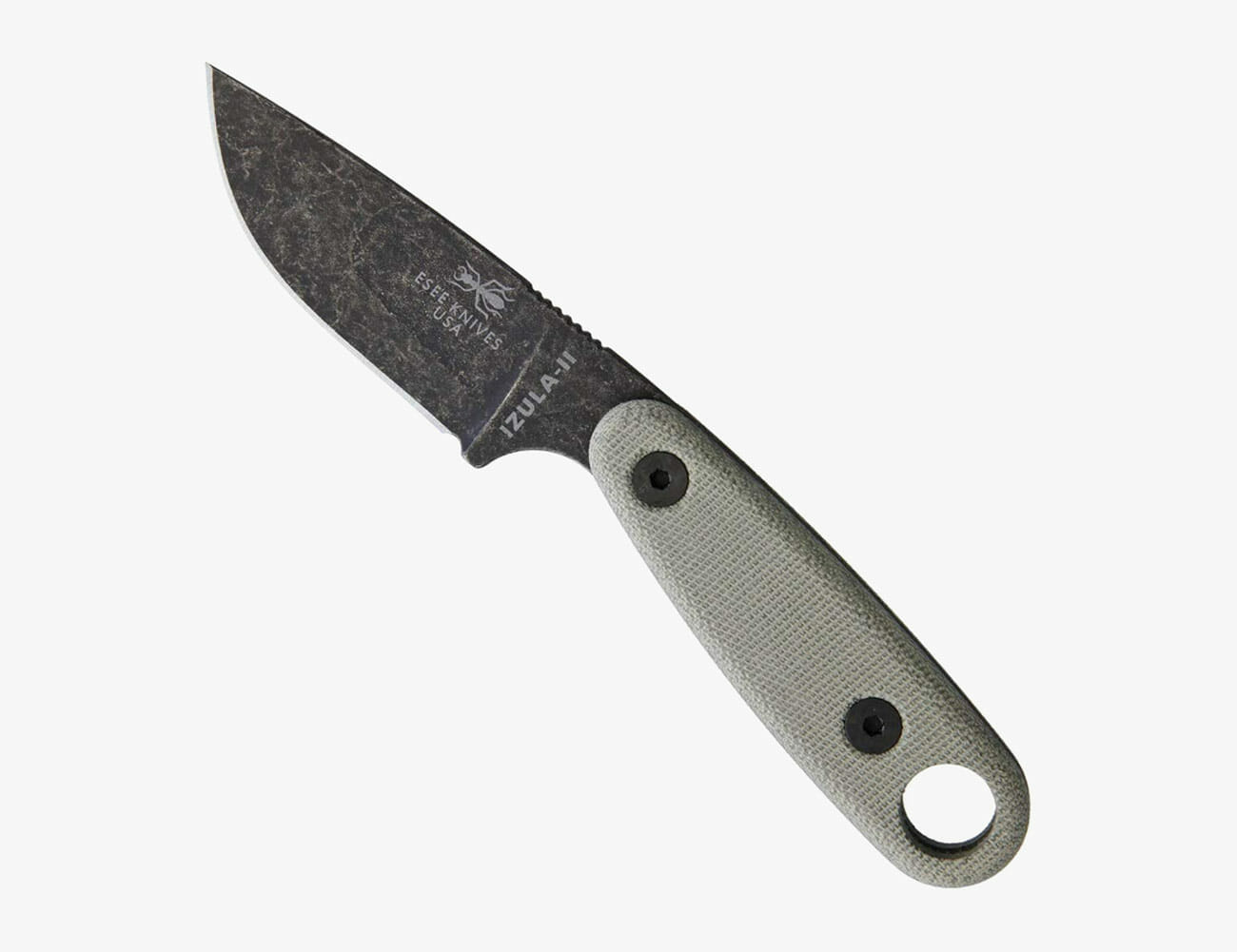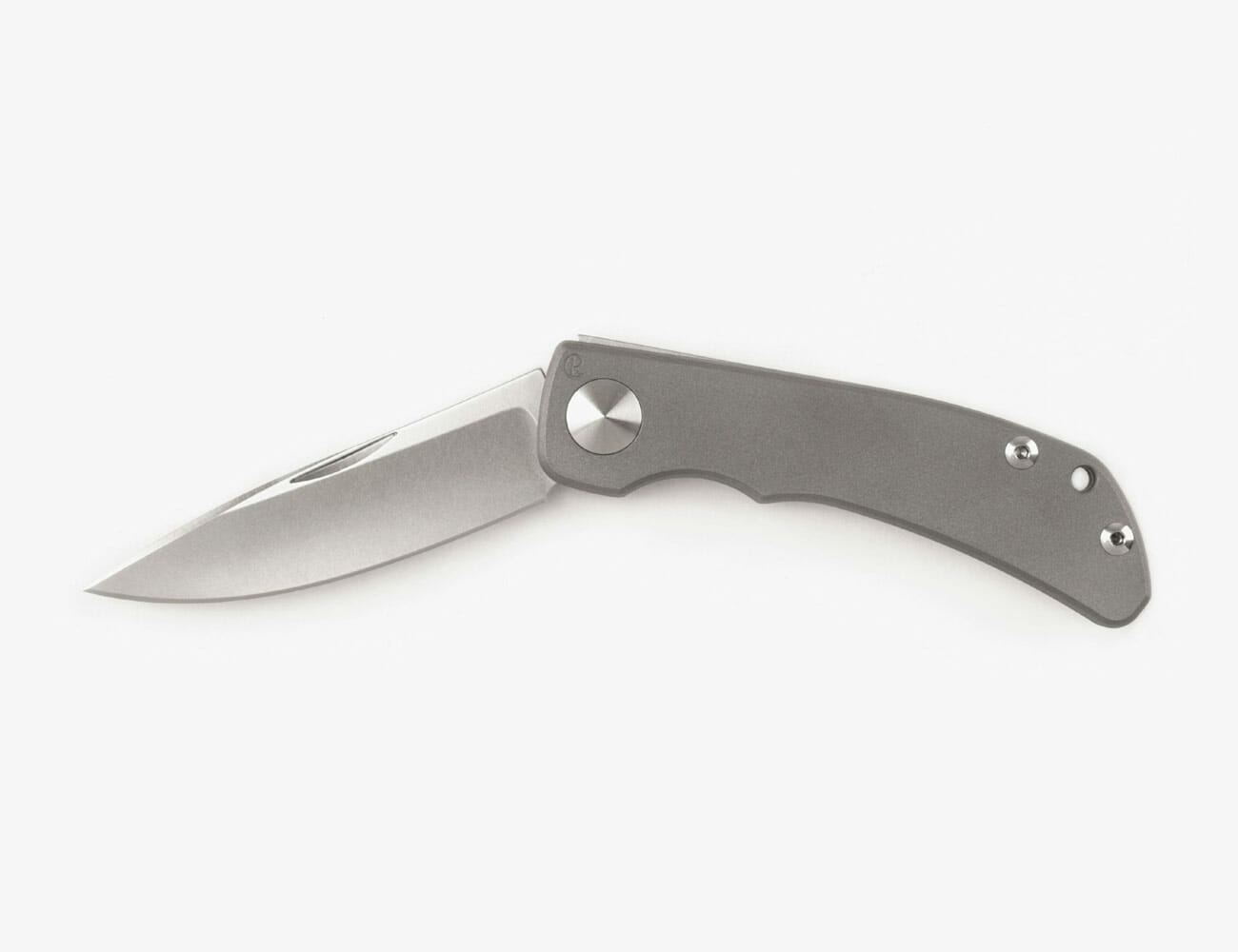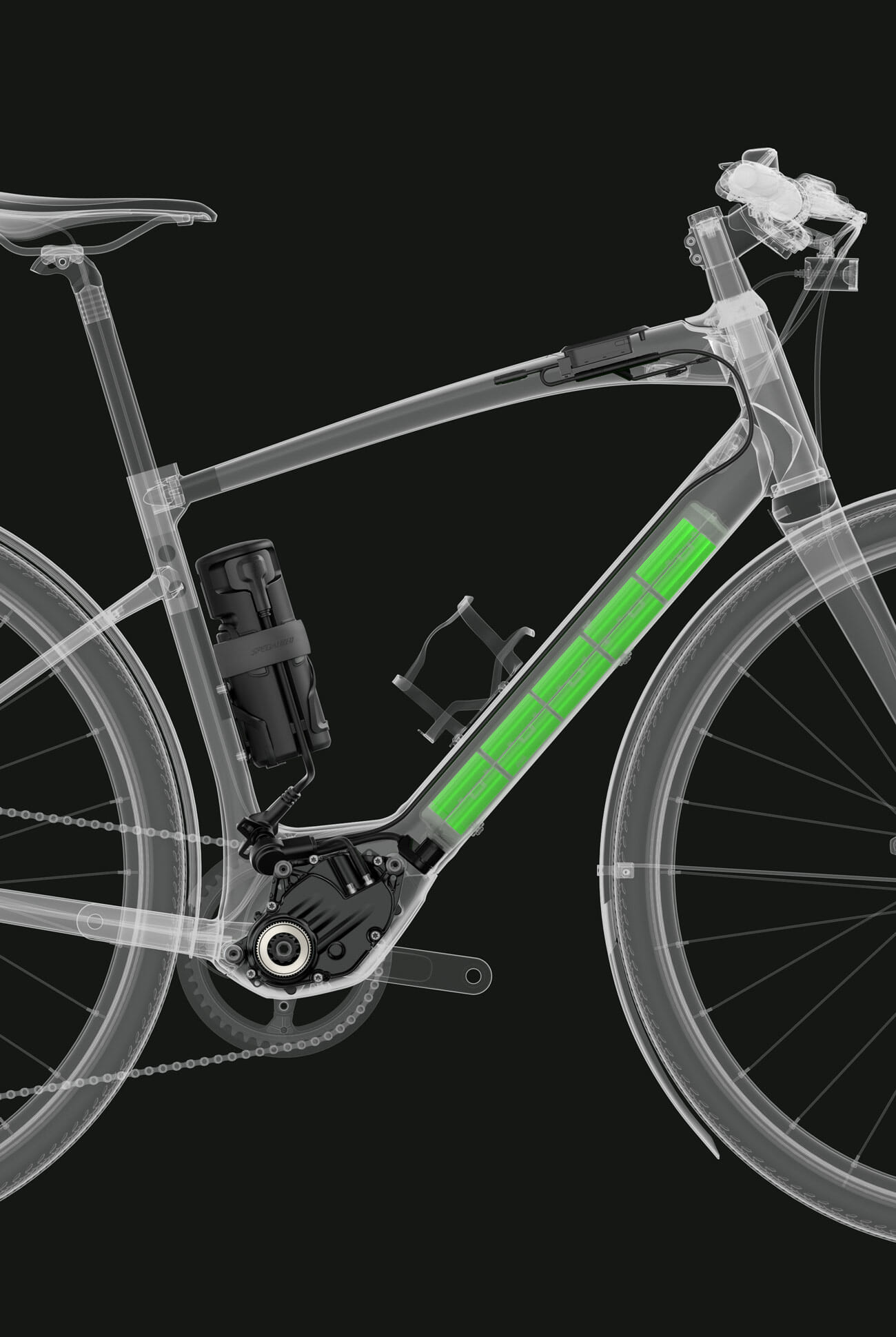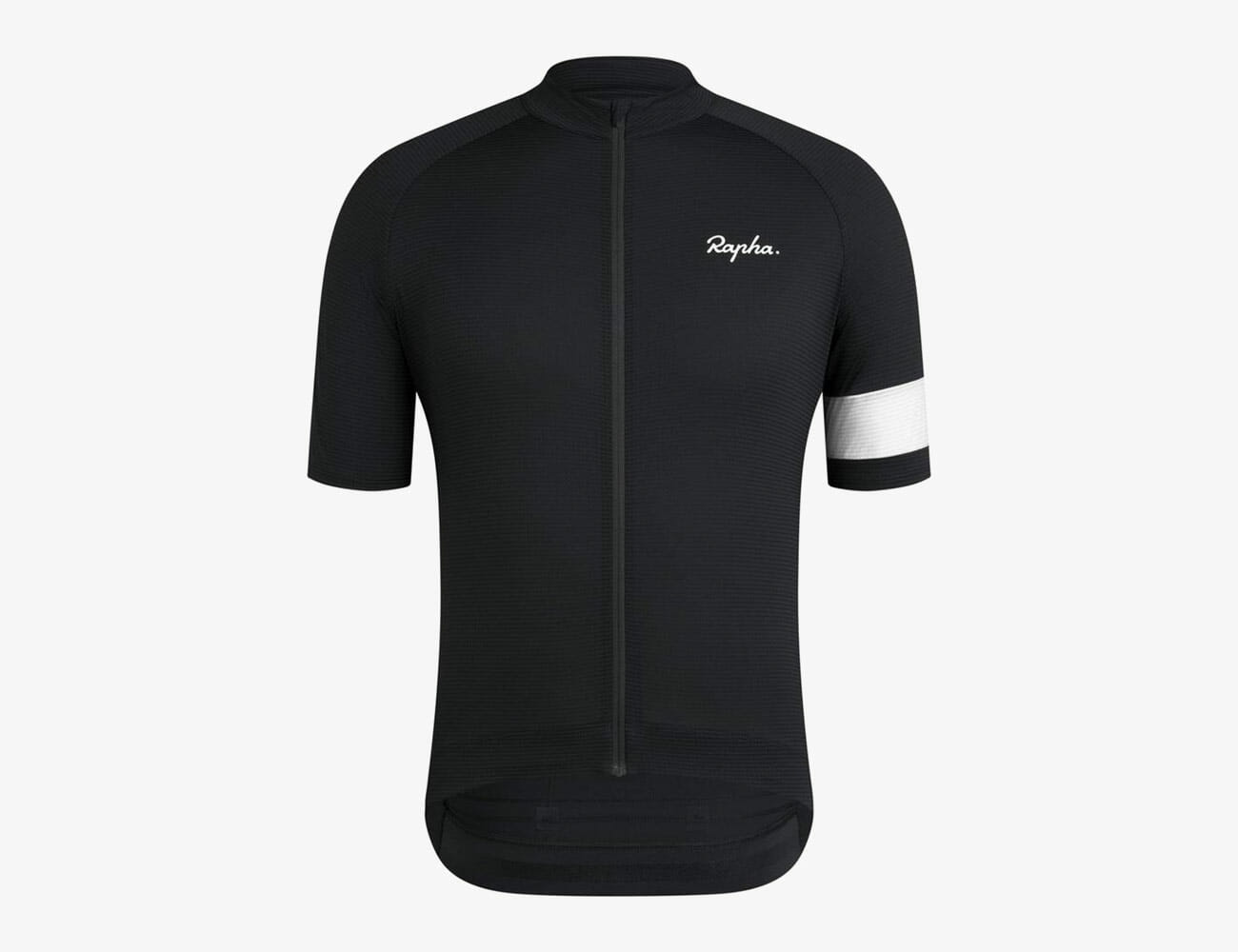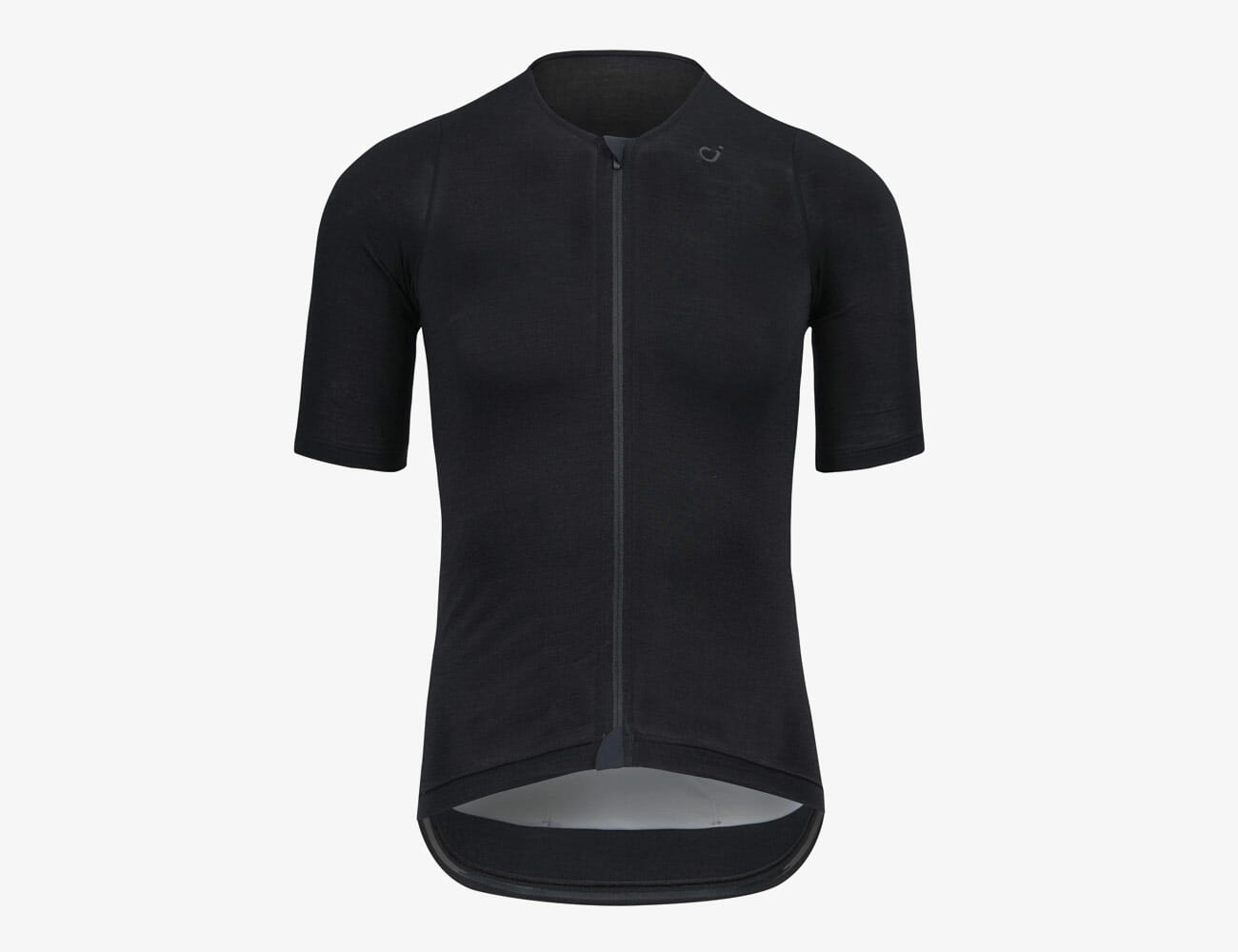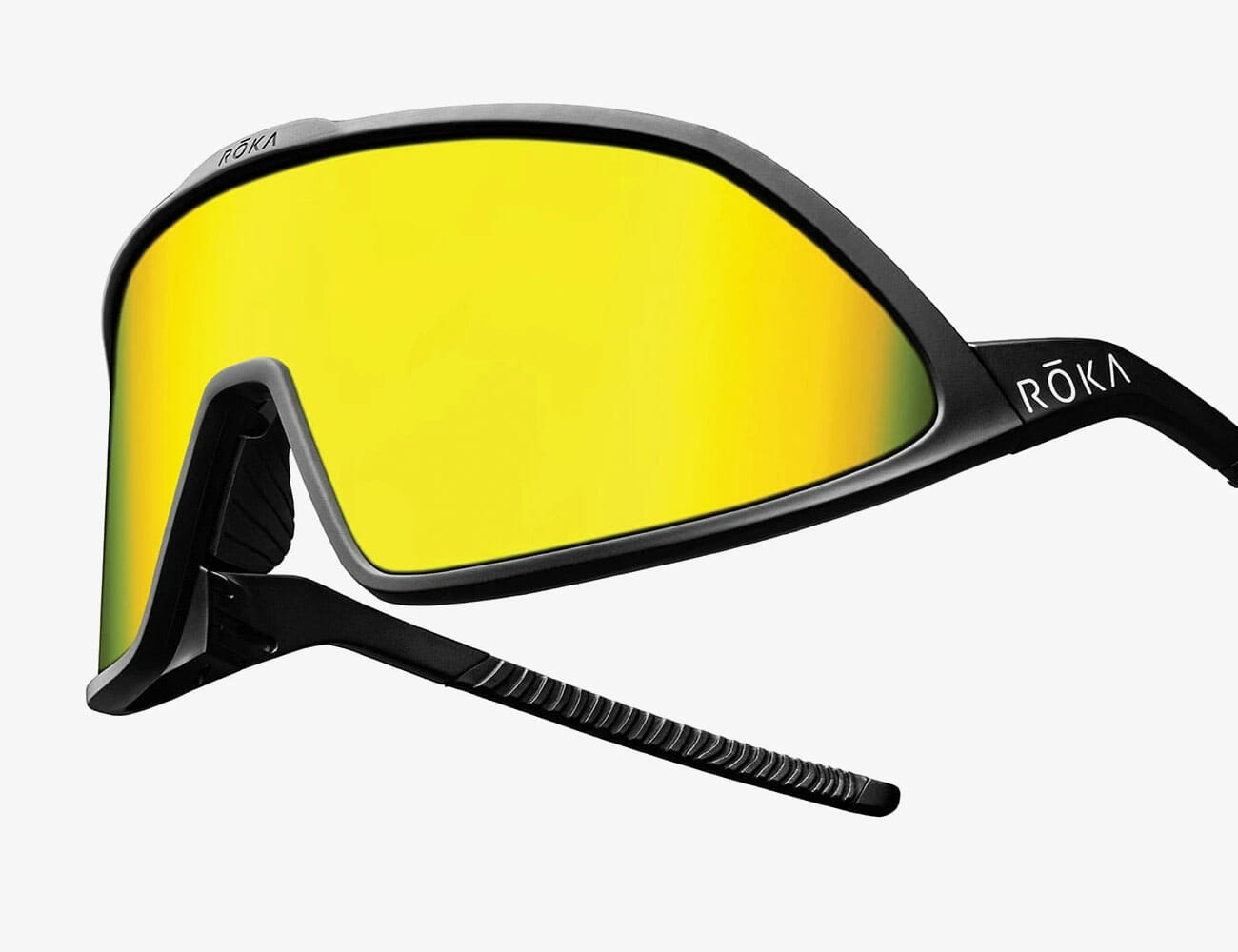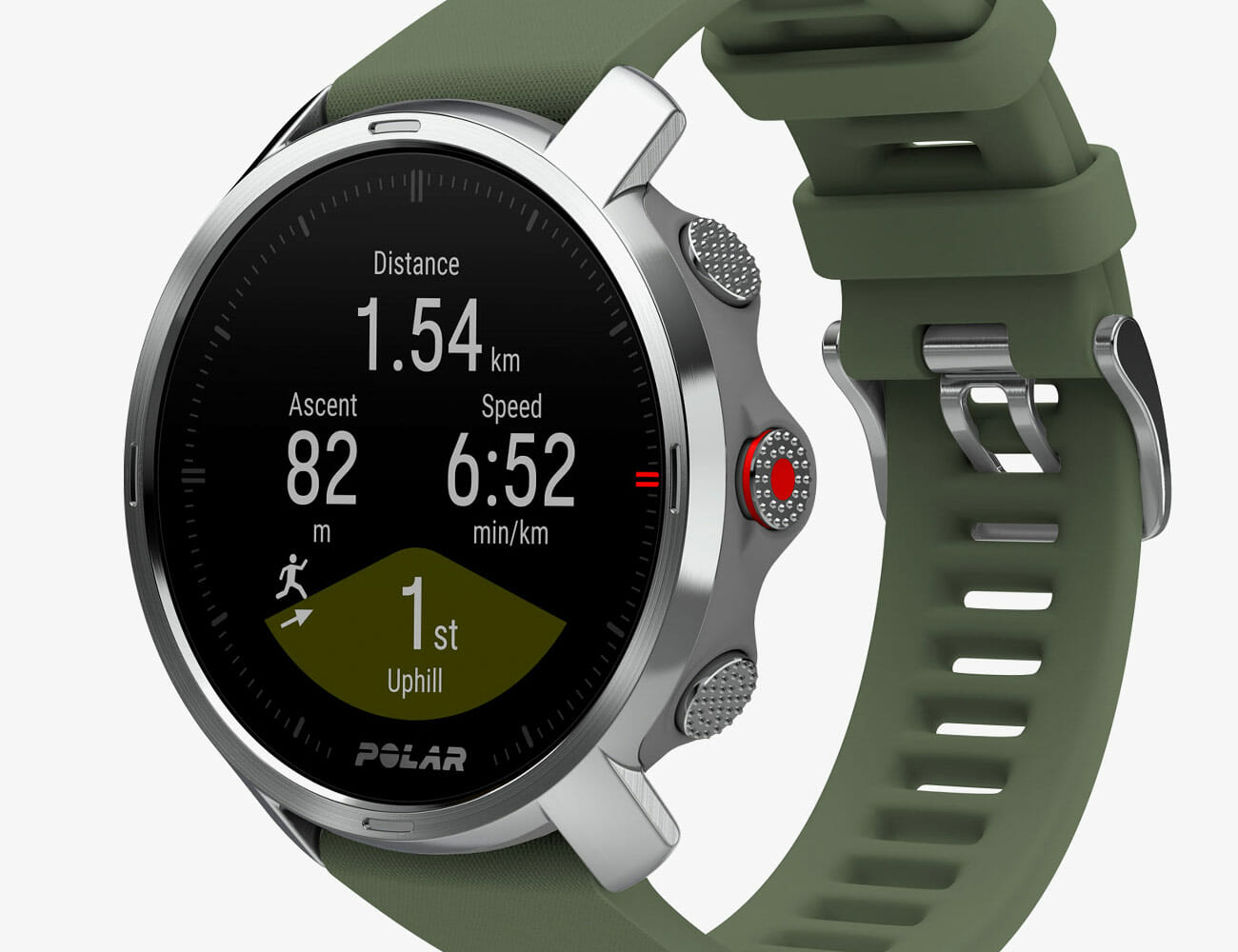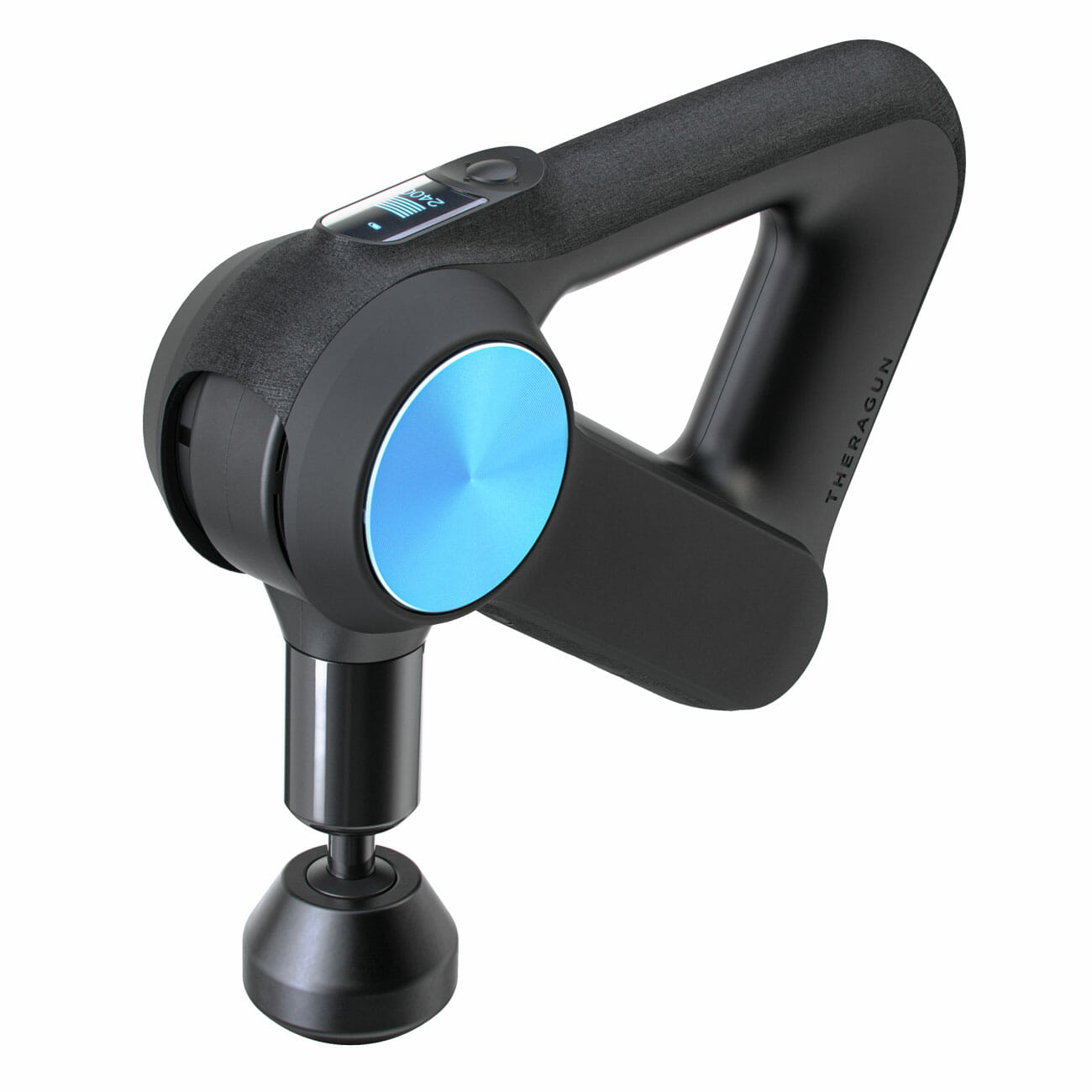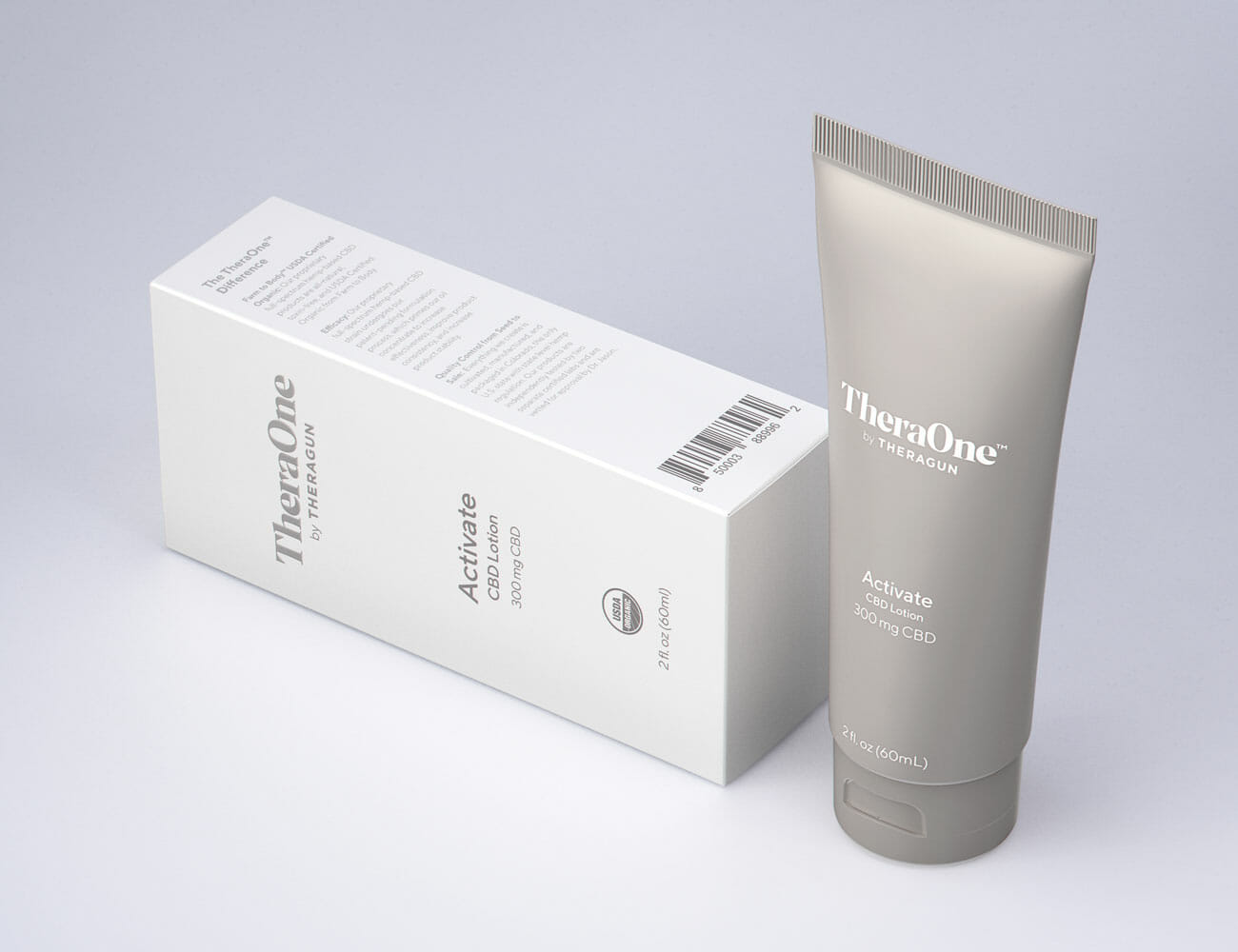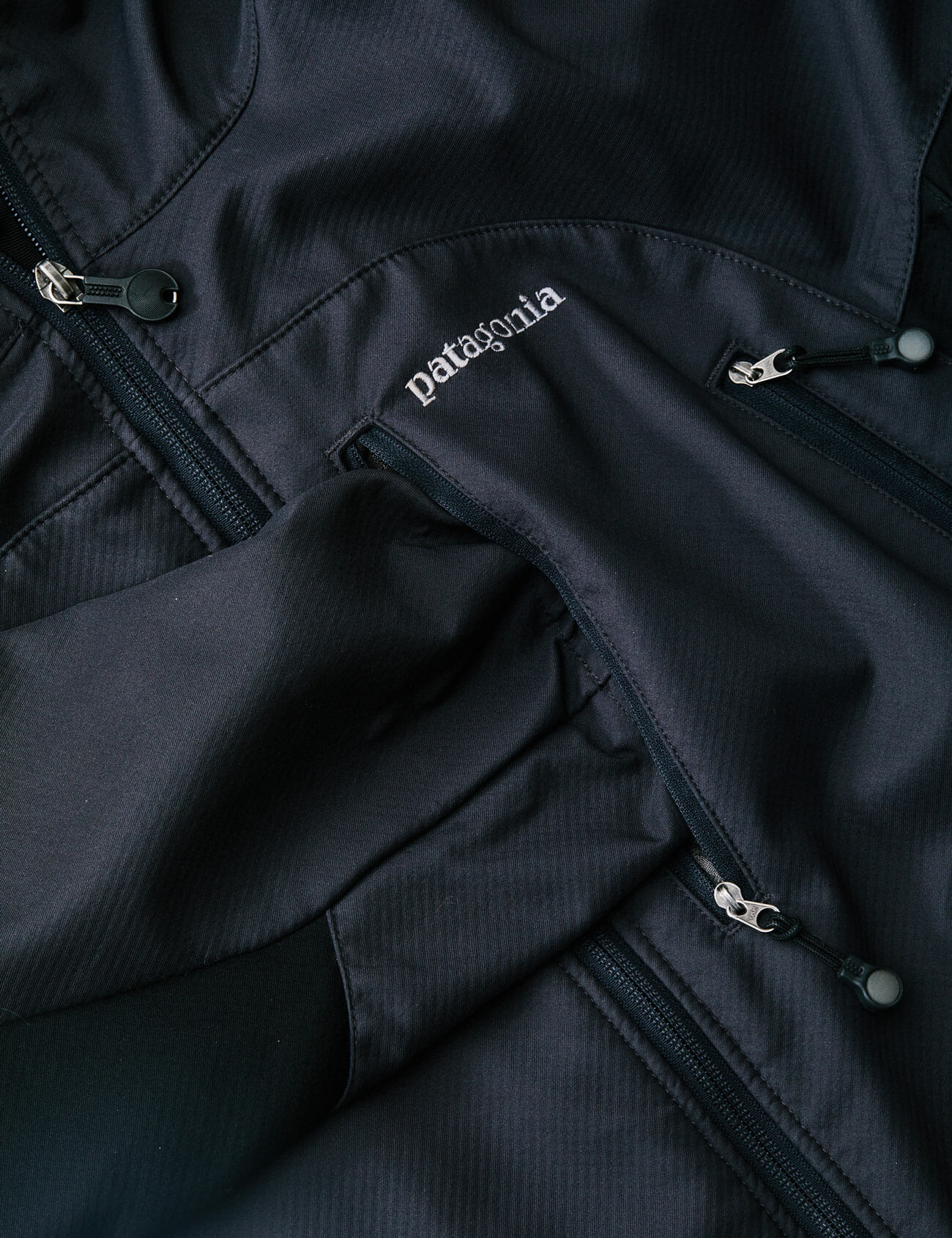Spinning at home was already hot, but in yet more support for the old adage, “It’s an ill wind that blows nobody any good,” business has been even better since the dawn of the coronavirus pandemic. “Since mid-March, Peloton’s stock has soared 95 percent, valuing the New York company at $10 billion, or twice as much as the gym chain Planet Fitness,” writes Erin Griffith in the New York Times. “Last month, Peloton reported a record: More than 23,000 people had joined one of its live classes.”
Do you care? If you’re not looking to invest in the sector, you probably wonder more whether a $2,245 Peloton bike or the recently released $3,500 Wahoo KICKR Smart Bike are worth the expense. Mind you, both brands bake in financing that knocks monthly payments down to a more reasonable $50-$70 a month, but Wahoo made its name in part by creating a new kind of trainer called the KICKR, the best of which sell at a more approachable $900-$1,200.
The catch? You have to attach your own bike to them since these are essentially powered drivetrains with resistance that stand in for the rear wheel of your road-, gravel- or mountain bike. They work incredibly well, but if you don’t have an extra bike to leave on the trainer, the rear-wheel-removal-to-trainer swap process isn’t altogether seamless.
Would you be better off with a standalone trainer instead? And which one’s better?
Peloton Bike Overview
We’ll get to that, but just understand Peloton’s responding to a broader trend, which is training at home, not in the gym. Note that we didn’t say “riding” at home. Peloton’s notion is that you are not, strictly speaking, a cyclist. It may look like a spin bike, but Peloton wants you to think of the machine as a gateway to “gym-less membership,” which includes live and recorded running, yoga, strength, meditation, stretching, boot camp, walking and cardio classes. There’s even Amazon Fire TV integration, so you can seamlessly launch these workouts on your TV, plus Apple Watch pairing that guides you through exercise while using the Watch’s heart rate monitor for accurate calorie prediction.


Peloton also thinks you care, deeply, about which music you work out to. So beyond live/recorded classes with ebullient coaches (who are also unfailingly beautiful people), you can also see the soundtrack for any class you might sign up for.
Got all that? Peloton claims to have 2.6 million paying subscribers, and that 1.1 million people signed up for 30-day, digital-only free trials in just the past two months. (The standalone workout app includes instruction for activities like yoga, meditation and strength training.)
We should note that the $2,245 price tag for the bike and the large, 21.5-inch screen attached to the front of it, wouldn’t be very useful without a $39 monthly subscription, because the tablet can only interface with Peloton classes.
Key Specs
Weight: 135 lbs
Footprint: approximately 4′ by 2′
Resistance: magnetic
Connectivity: Wi-Fi, Ant+ and Bluetooth
Wahoo Fitness KICKR Bike Overview
On the other hand, Wahoo’s trainer works seamlessly (meaning, it can simulate terrain maps and resistance loads) with six competing subscription workout services like Zwift, for example. Depending on your budget and appetite for workout variety, these are as affordable as $15 a month. On top of those are dozens more apps that it integrates with as well, from training-specific ones to fitness tracking ones. So the Wahoo is more expensive out of the gate but also plays with third-party products that, in the long run, will make ownership less expensive.


Still, this shootout is less about which is better, than which one of these ecosystems is right for you. To figure that out, we sweated, a lot, through multiple aspects of use.
Key Specs
Weight: 92 lbs.
Footprint: approximately 4′ by 2’7″
Resistance: electromagnetic motor
Connectivity: Wi-Fi, Ant+ and Bluetooth
Test 1: Setup
Both the Peloton and Wahoo are heavy. The Wahoo, at 92 pounds, is lighter than the truly burly 135-pound Peloton. This matters for a few reasons. Peloton takes care of the install process: A team arrives in a Peloton van, hauls the bike to whatever room in the house where you want it to live, helps you pair it to Wi-Fi, and walks you through all the instructions for setup.
Wahoo ships you a bike mostly assembled, but all they guarantee is that the delivery will be by two people who can put the box in the room where you’ll want it. Setting it up isn’t difficult, though.
If you don’t even want to turn a few screws, Peloton gets the win here for ease of installation. Once in place, though, the lighter Wahoo is more manageable for one person to relocate (both bikes have small inline-skate style wheels to make repositioning less cumbersome).
Test 2: Bike Fit
Each bike fits a range of different-sized humans (Peloton claims from 4’11″–6’5″ while Wahoo claims 5’–6’4″), but getting fit isn’t that hard for either bike. You adjust the fore and aft as well as up and down positioning on both the saddle and handlebars. But what about setting up multiple users?
In the case that you’re moving the locking levers frequently, the Wahoo’s friction closures that are extra burly; once shut, the bike feels rock-solid if you’re standing and pounding the pedals. The same goes for the Peloton. However, the closures themselves are less hand-friendly and require a bit more leverage to get them to bite down so that the bike feels unified during a workout.


A more significant concern is getting the right feeling of leverage over the pedals. Now, to be completely clear, unless you’re riding a unicycle, you don’t want to stand directly above the pedals on any bike. We all have different femur lengths, and that means we ideally sit comfortably behind the cranks, but not so far back that our legs are levered out, which can cause significant knee strain.
On the Wahoo, it was easy to emulate a leverage position similar to my outdoor road bike, mainly because the bike allows five different crank arm positions of the pedals, from 165mm to 175mm. The Peloton defaults to 170mm cranks. I could get the same fit, but at 5′ 6″, I didn’t have a whole lot more forward position to play with. A shorter rider might struggle to emulate their outdoor position perfectly.
Test 3: Working Out
The Wahoo, as we said, pairs with several different apps. You can use apps like Sufferfest, Zwift, Trainer Road, Ful Gaz, and Rouvy. In general, these provide overlapping experiences using filmed sequences over actual roads or simulations (think: video game) where you appear as a riding avatar in a virtual world.
The latter is what you get with Zwift ($15/month), which is the simulator I used to test the Wahoo KICKR Smart Bike, in part because it has pre-packaged workouts that use your weight, among a few other factors, to normalize resistance. The Smart Bike interfaces with Zwift and other apps to measure your watts-per-kilogram output. That’s important because it means it can automatically equalize the resistance level for multiple different riders who might use the bike in the same household. Sign in with two different avatars, and the bike/app interface ramps resistance accordingly, so when you and your spouse ride the same virtual hill, the effort required differs by weight.


Watts-per-kilo is the best measure of performance outdoors, especially over hilly terrain, which is much of the paved and unpaved planet. Pit two riders against each other who weigh, respectively, 150 pounds and 200 pounds and both produce 3.2 watts per kilo and on a hilly course and they’ll likely be pretty evenly matched — the lighter rider will probably climb hills faster while the heavier rider will likely be able to mash flats. That matters to a cyclist then, because Zwift and other apps let you work on training programs that try to help you increase your watts-per-kilo output. Translation: That equals speed, which, even if you’re not a racer, still probably matters to most cyclists.
The experience of using the Wahoo KICKR Smart Bike integrated with Zwift on programmed training like this resulted in seamless ramping and backing off of resistance: The pedaling gets harder or easier automatically and in sync with the terrain and interval training. Like magic.
The Peloton workout is a whole different animal.
You view your instructor shot from different angles alongside a live (or recorded) class of other riders in a gym. The music pumps, the instructor eggs the group on. It’s all about getting you stoked to be there! And, yes, it’s infectious, even from a living room.


Is it a good workout? Hell yes. I’m a seasoned, reasonably fit cyclist (for January in the Northeast), and I was definitely as fried by Peloton’s shred as by Wahoo’s.
However, some aspects of the Peloton philosophy are problematic for a cyclist’s training mindset.
First, your workload isn’t broken out by watts per kilo; all watts, whether you’re 300 pounds or 100 pounds, are treated the same. And that’s a problem if you’re competitive because there’s a live leaderboard that takes into account kilojoules (a joule is one watt in one second), cadence and resistance.
This part’s tricky because cadence has nothing to do with output in the real world. You might be most comfortable spinning at 90 RPM and I might feel better at 75 RPM, but if we cover the same ground in the same amount of time, we tie. So baking in cadence to the class leaderboard is a contrivance meant to get you in sync with Peloton’s zeitgeist.
That is, you’re here to sweat, and during classes, one way to get you working hard quickly is to ramp cadence to, say, above 110 RPM. That’s hard, and that’s the point, even if, in reality, no cycling coach would want you spinning that fast because the entire goal is to get the most force from your legs without over-taxing your cardio system.
(Somewhere between 75–90 RPM is considered the ideal sweet spot.) Again, though, Peloton’s MO is broader than thinking of their bike as anything more than a fitness instrument; you could just as easily be doing pilates. The goal is to get you working out.
The other “gym” element is resistance, which isn’t automated.
The instructor exhorts you to crank a red knob on the bike’s downtube to a range she or he calls out. That range might be 41-52. And 41-52 is the same, again, regardless of rider weight. So 41 is logically going to feel harder for most 110-pound riders vs. someone who weighs 180 lbs., etc. Should you care? Maybe not. If you’re just here to work out, turn off the leaderboard (which you can do) and dance on the pedals to the tunes.


Finally, one aspect of training on the Peloton is frankly, silly: There’s no pause button. Say what? If you’re in a live class, that’s fine. The instructor can’t pause so you can let the dog out, obviously. But for recorded classes this is nuts. Life happens. During one recorded class, FedEx showed up and needed my signature. Then I got an urgent phone call. I was 15 minutes into a 30-minute workout, and had to abort the whole thing and start over. How is that logical? Any fitness watch lets you pause an exercise to stretch your hamstrings. The same goes if you’re using one of a million apps for yoga or kickboxing or anything else. A pause button is a given. The fact that Peloton hasn’t responded to lots of requests and complaints to add this function is just goofy.
Test 4: Bike Experience
The Peloton, which uses magnets to add resistance, is considerably quieter than the KICKR with its resistance motor. That’s not to say that Wahoo’s KICKR is a roaring machine, but if you need a bike that you can use at home at 5 am without waking up your partner, it’s worth mentioning.
On the topic of sound, it’s nice that you can pair Bluetooth headphones to the Peloton to hear the class without annoying anyone else at home. You can also seamlessly sync a heart rate monitor to the bike this way, as you can with the KICKR.
Wahoo’s bike wins a few of its own finer points, though. You can shift gears on it like a real outdoor bike, simulating real-world gear changes that let you spin or mash at a more natural cadence.


Also, because it features a road bike-style seat clamp, it’s easier to adjust the saddle angle than on the Peloton and comes with a better quality saddle, plus genuine road handlebars. (These can be swapped too, so you can ride with the same bars indoors and out.) The Peloton’s screen gets in the way of that particular modularity.
Test 5: Design
Both bikes are aesthetically blah. Neither looks awful, but neither achieves sculptural greatness, either.
Why bust on design? These machines are expensive! And they’re going to take up space in your home. A truly great product should be gorgeous and perform. There’s zero reason stationary bike makers cannot achieve this and the fact that neither brand has thought that hard on as much beyond their logos seems like a missed opportunity.
Verdict: The Wahoo is undoubtedly the more cyclist-focused machine. From the shiftable drivetrain to the adjustable crank size that accommodates more femur lengths, to the swappable drop handlebars (you can even change the tape on them), it successfully emulates the outdoor riding experience. And of course, the Wahoo interfaces with multiple apps, too.


By contrast, Peloton is better for the general fitness junkie, especially one with little desire to ride outside. There’s zero doubt that Peloton’s classes are more fun (and plenty rigorous). Everyone I talked to about the Peloton experience told some version of the same story: “I was a skeptic and then tried it in the gym or at a friend’s house and then…” they were hooked. And jacked to work out. One friend even said riding it has become like binge-watching her favorite TV show — save that she never has to wait for the next season.
|
Side-by-Side Specs
Weight: 135-lbs. (Peloton); 92-lbs. (Wahoo)
Footprint: approximately 4′ by 2′ (Peloton); approximately 4′ by 2’7″(Wahoo)
Resistance: magnetic (Peloton); electromagnetic Motor (Wahoo)
Connectivity: Wi-Fi, Ant+, and Bluetooth (both)
Peloton and Wahoo provided products for review.
Note: Purchasing products through our links may earn us a portion of the sale, which supports our editorial team’s mission. Learn more here.




